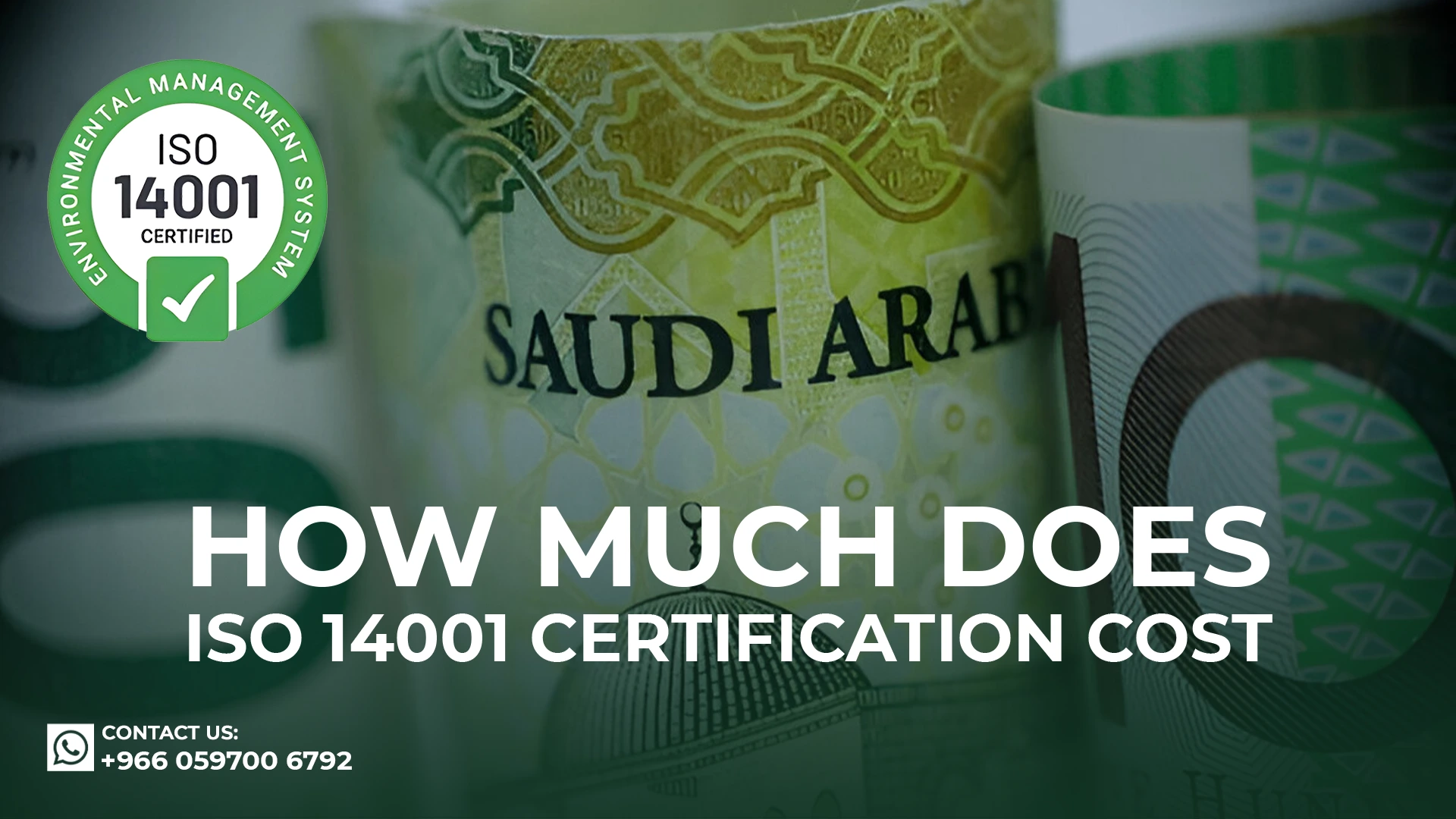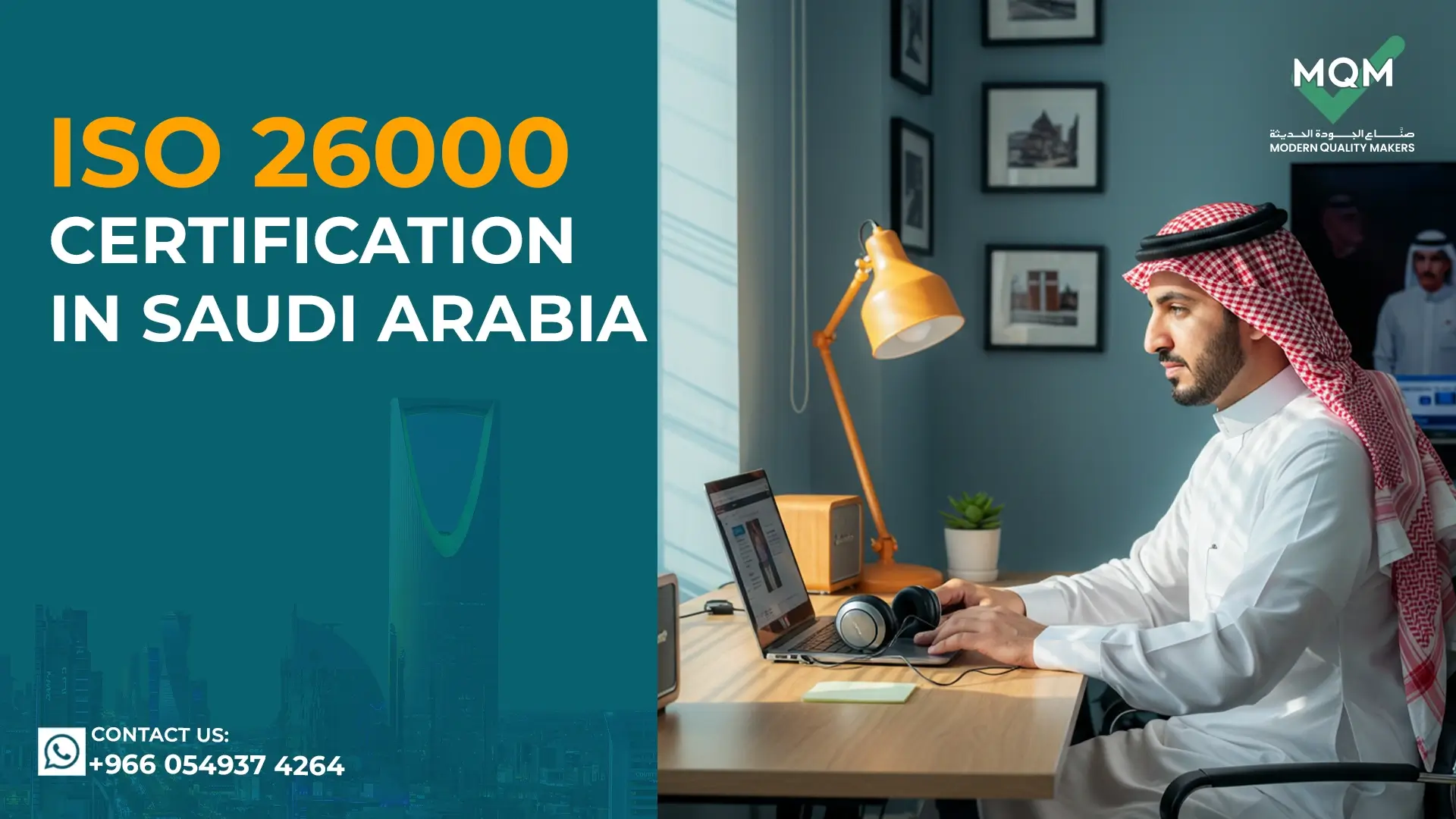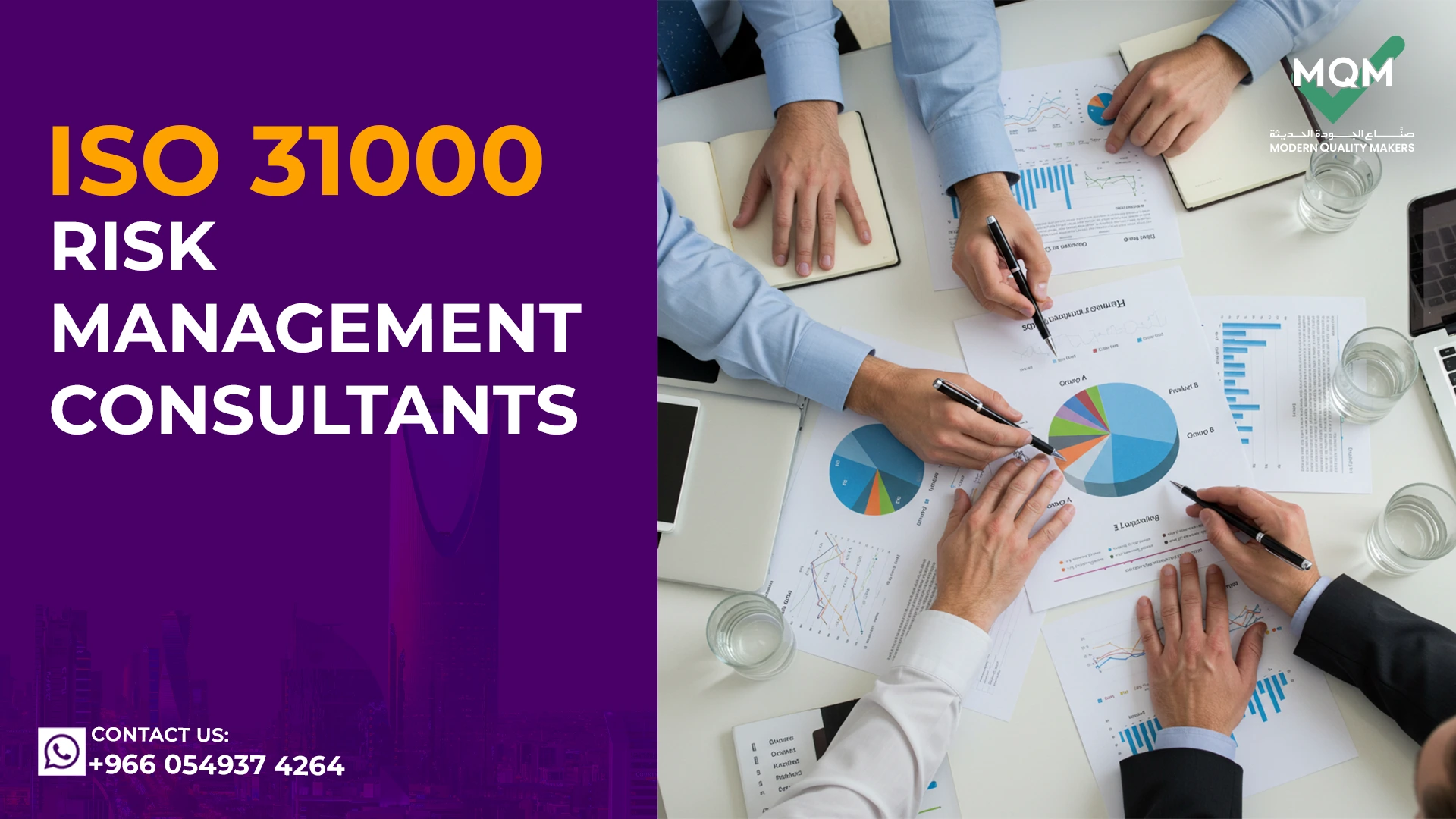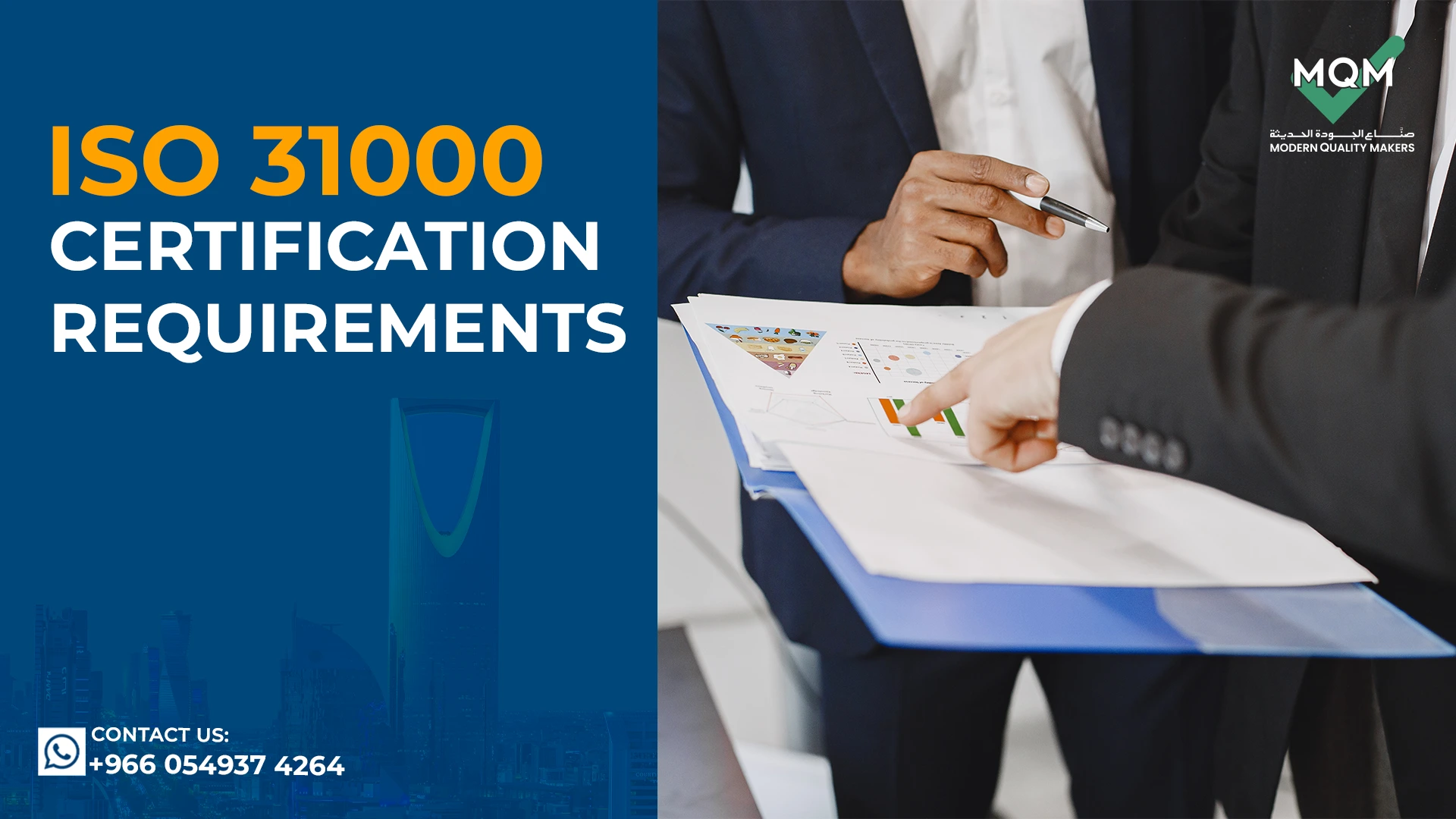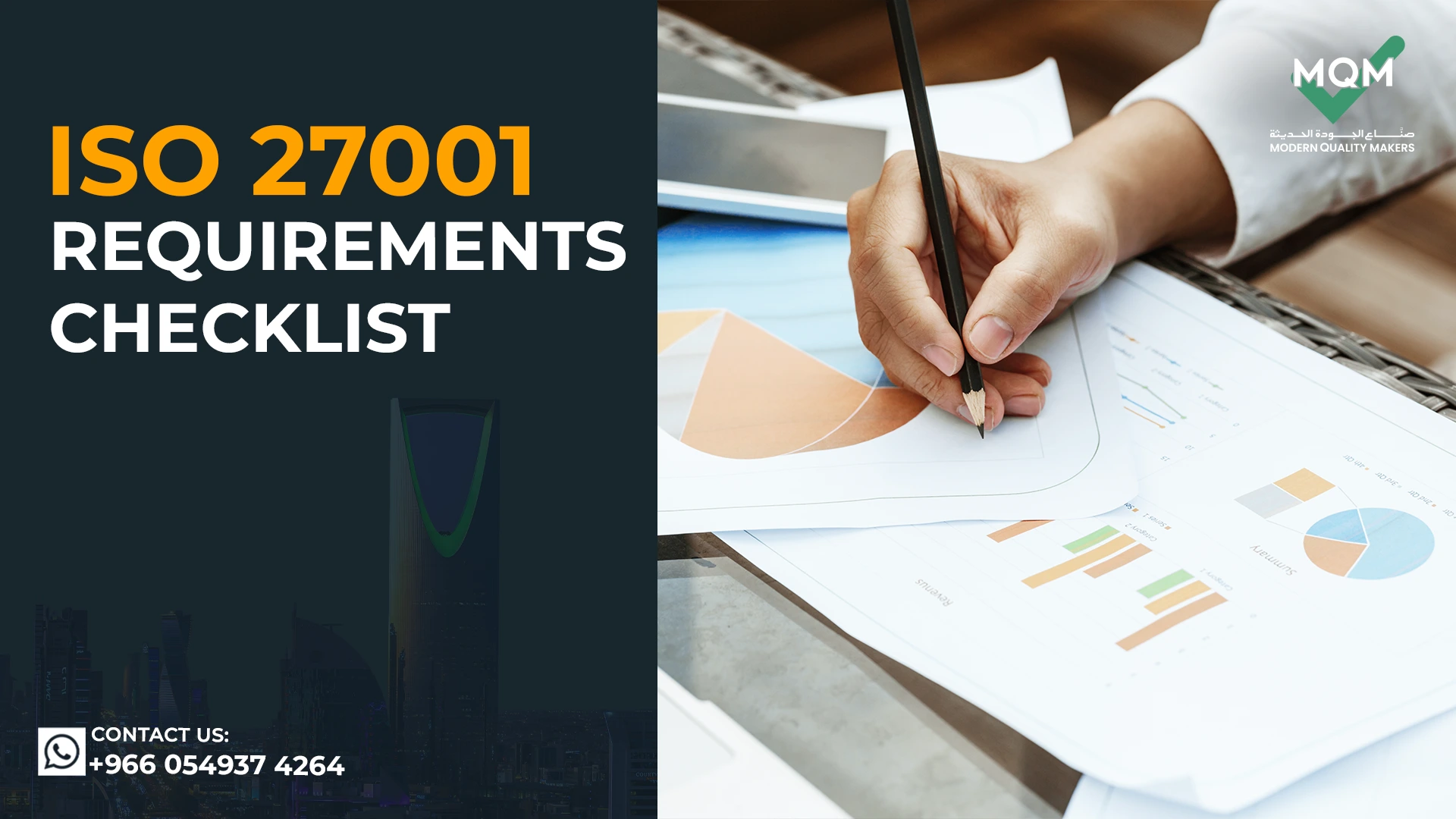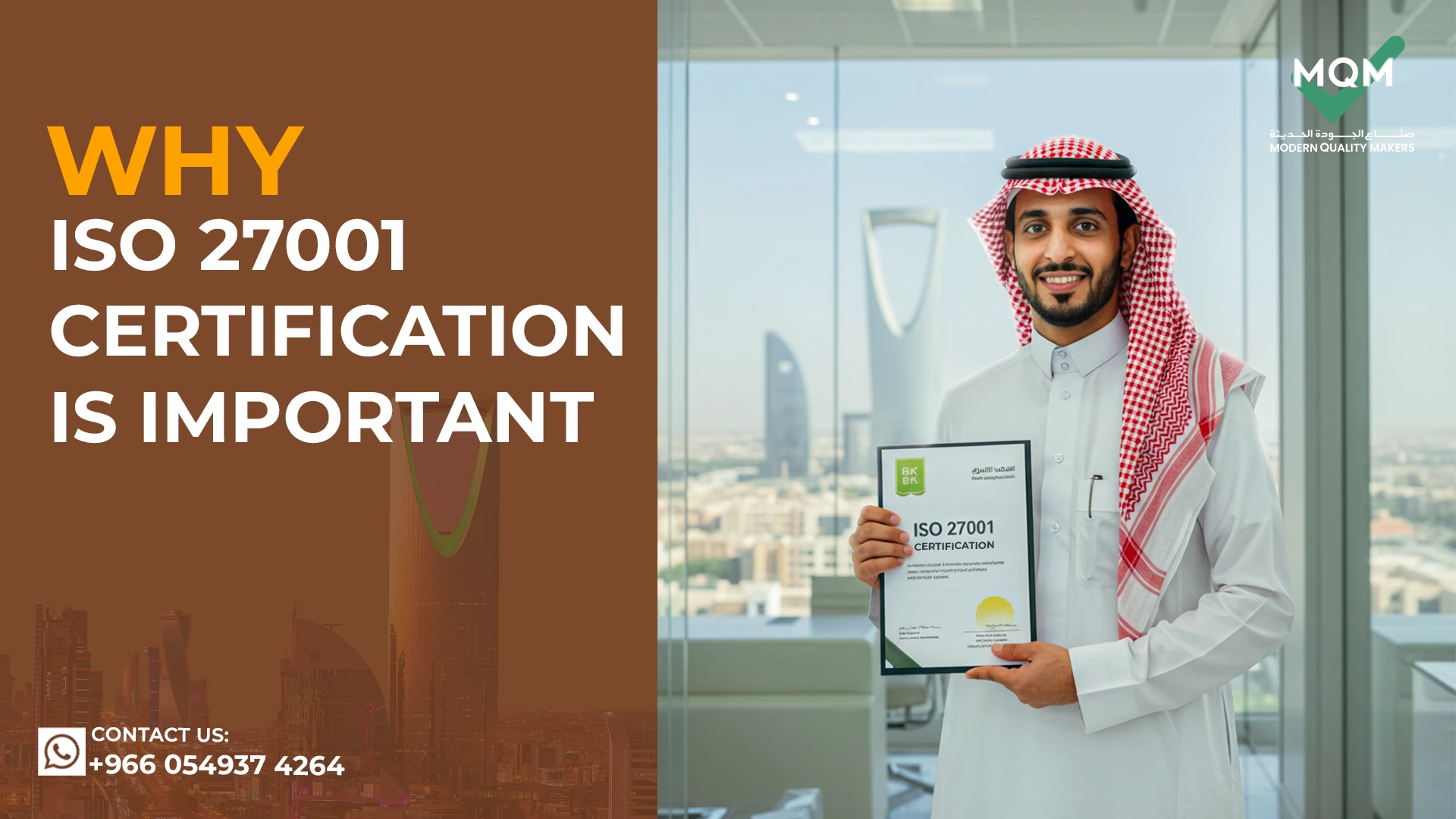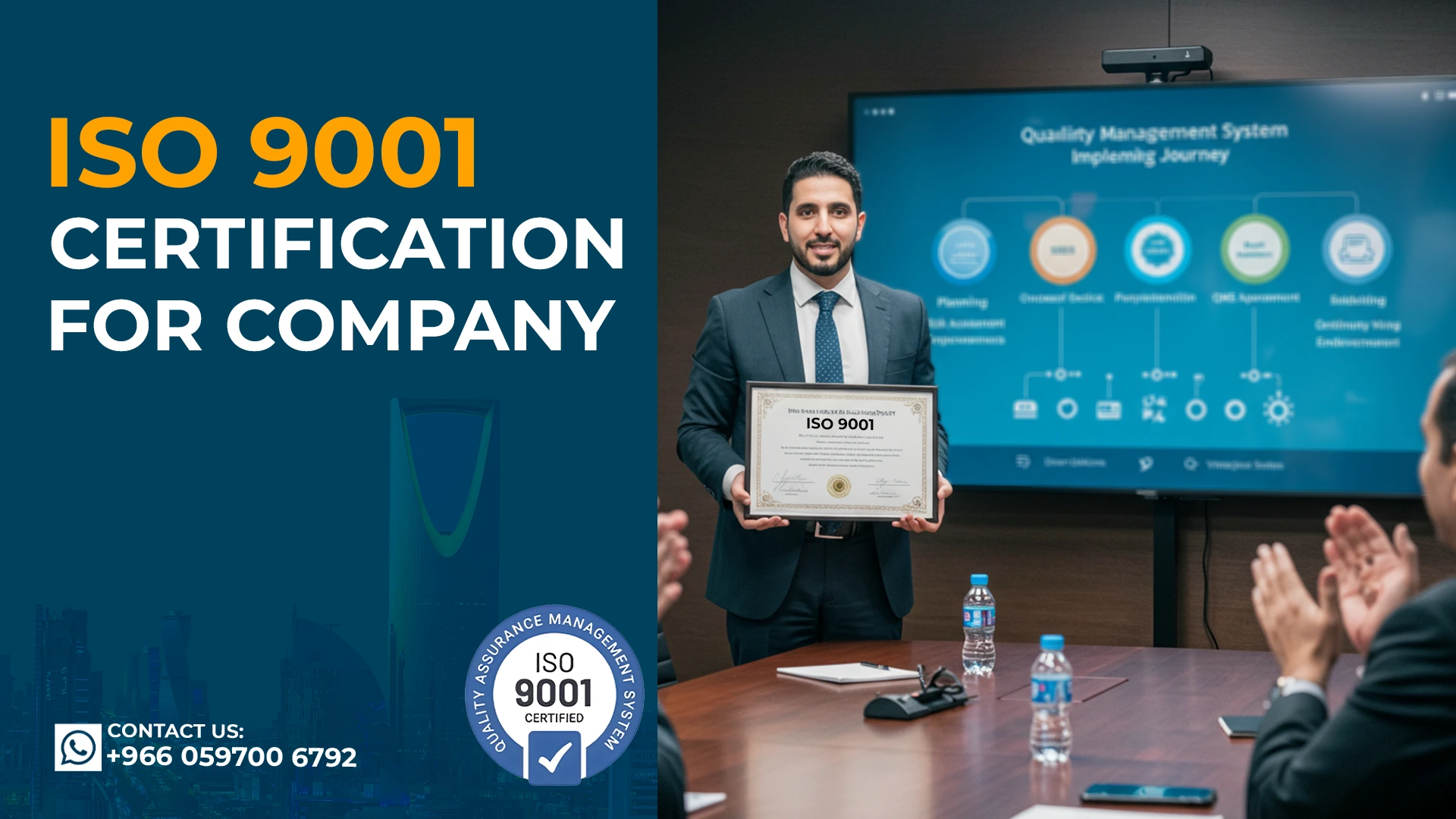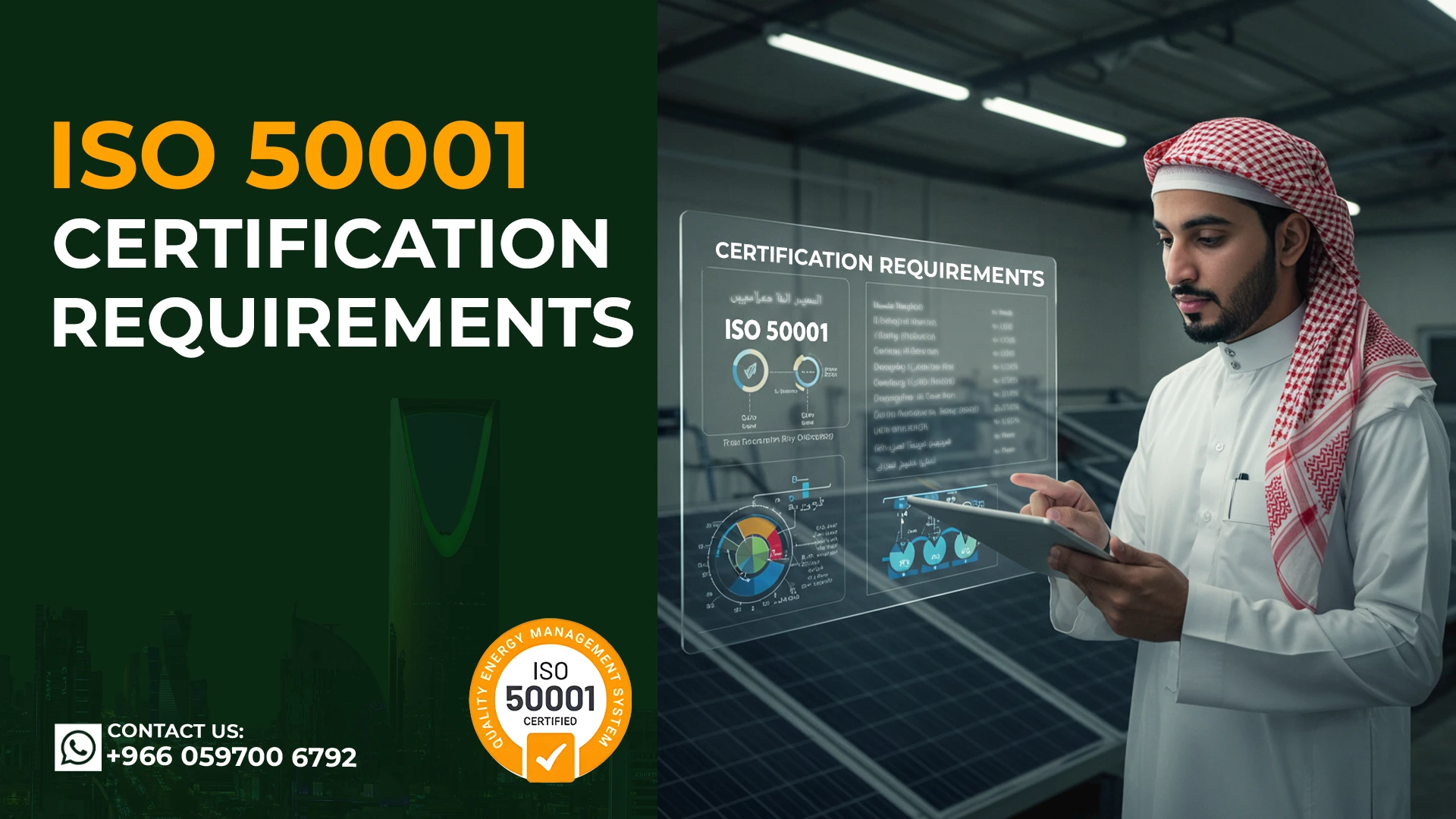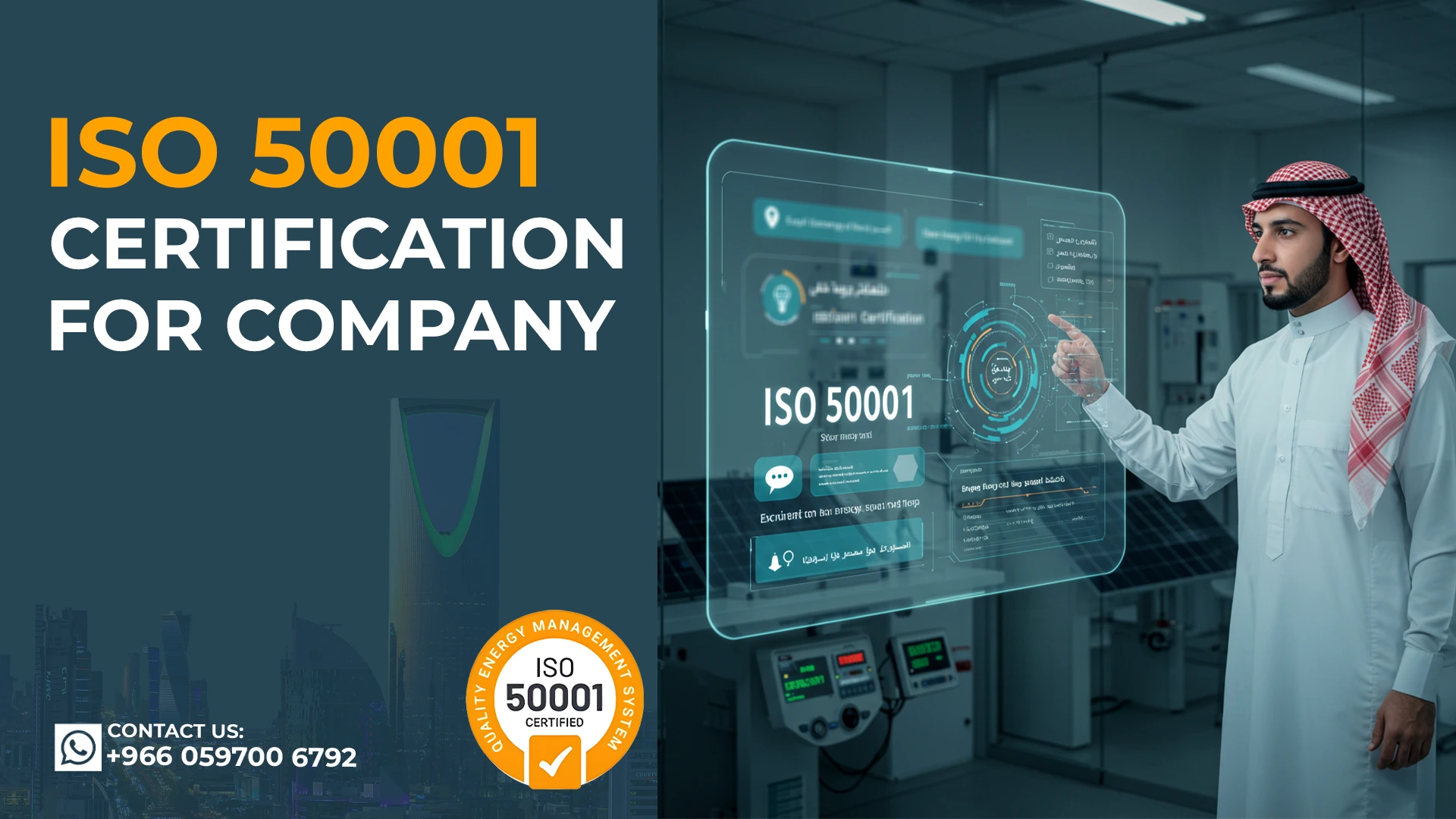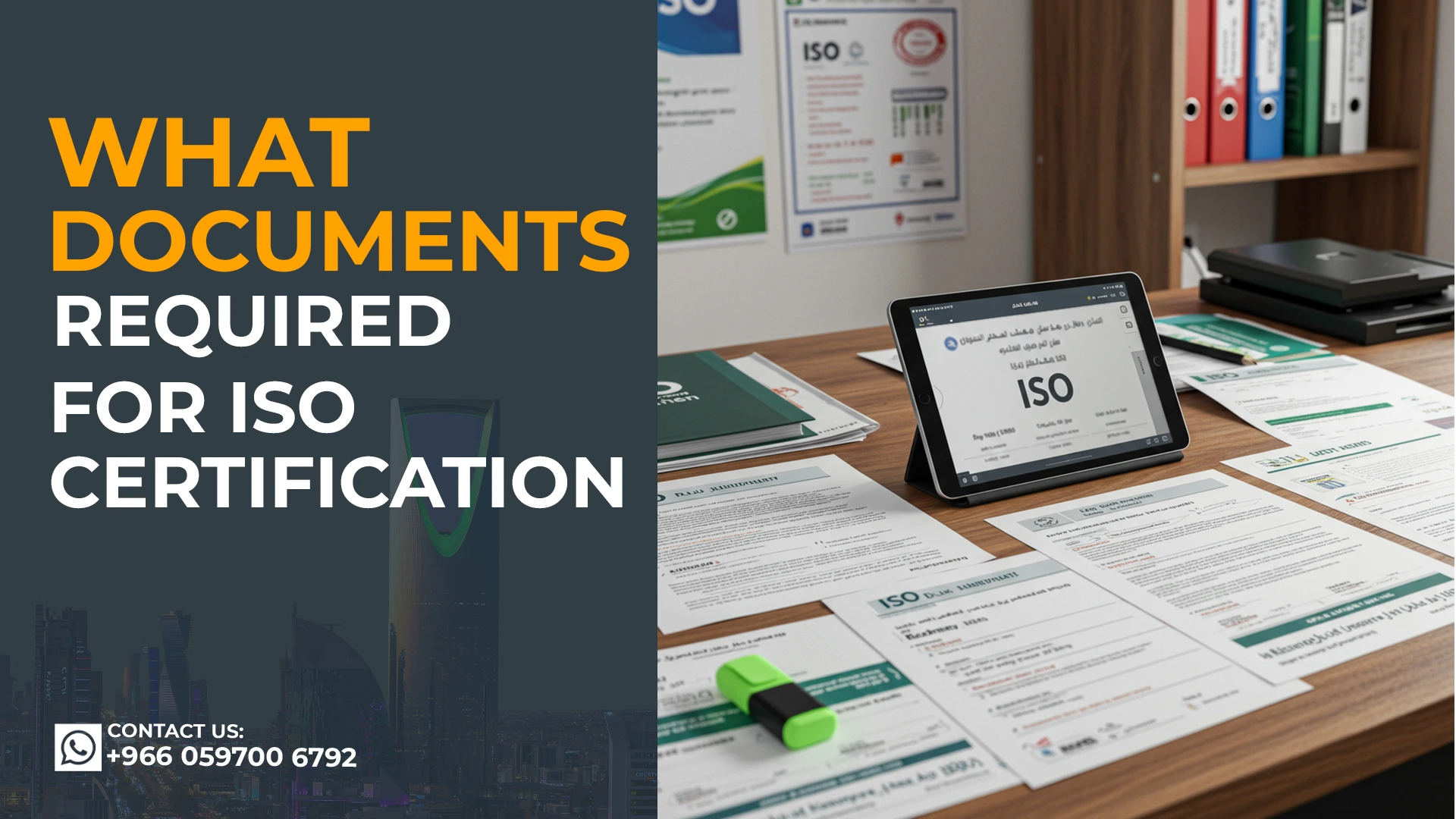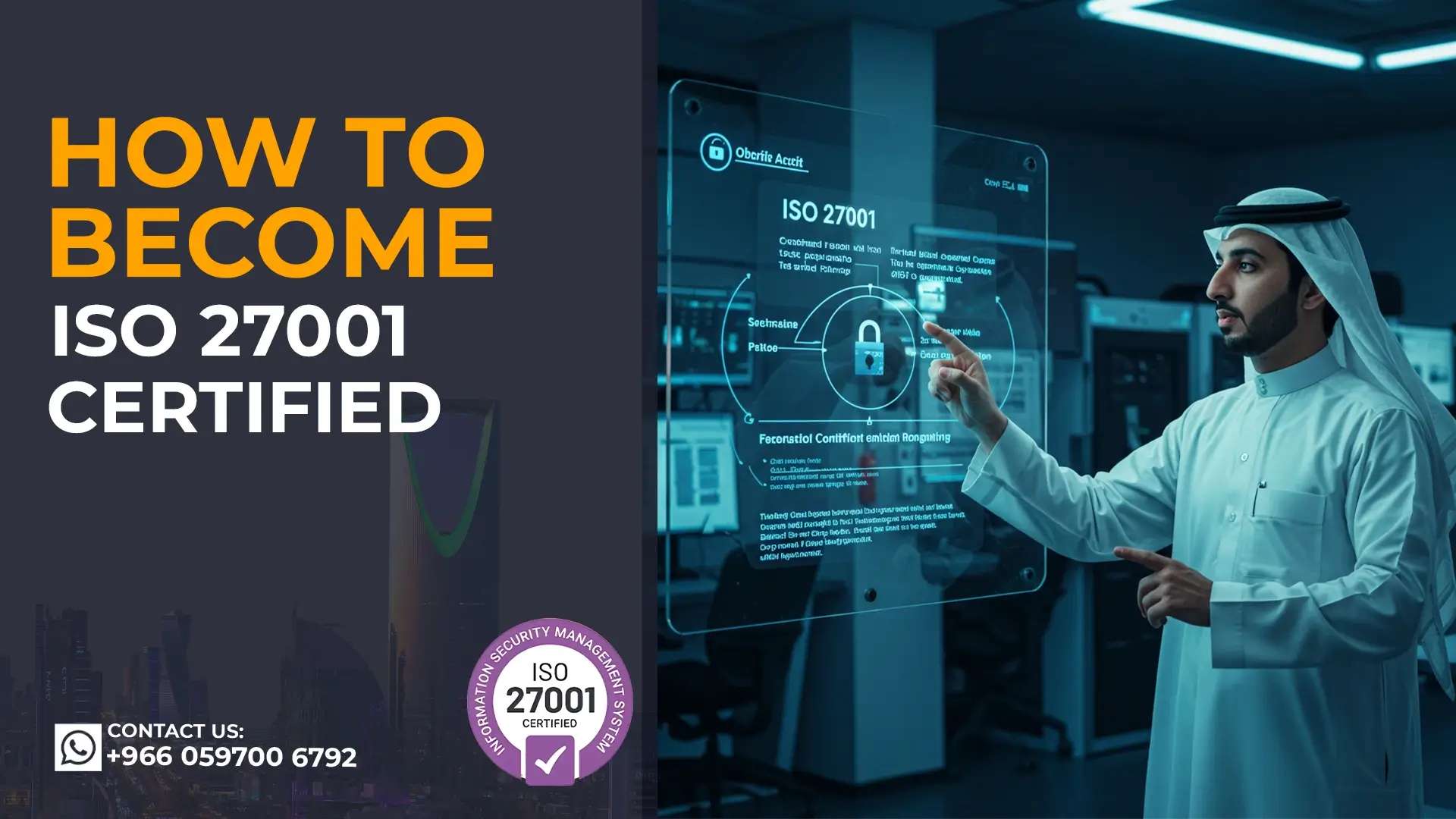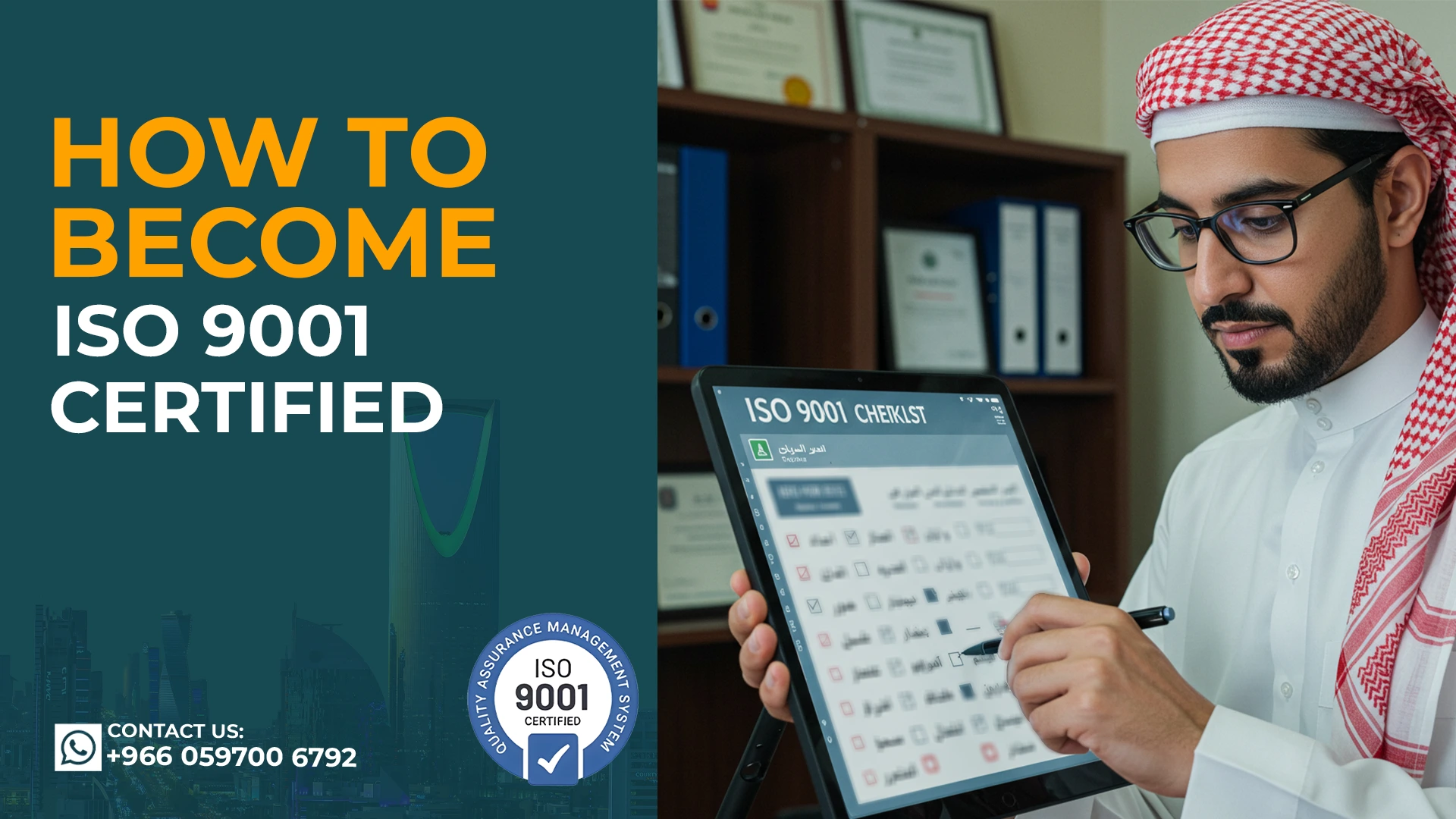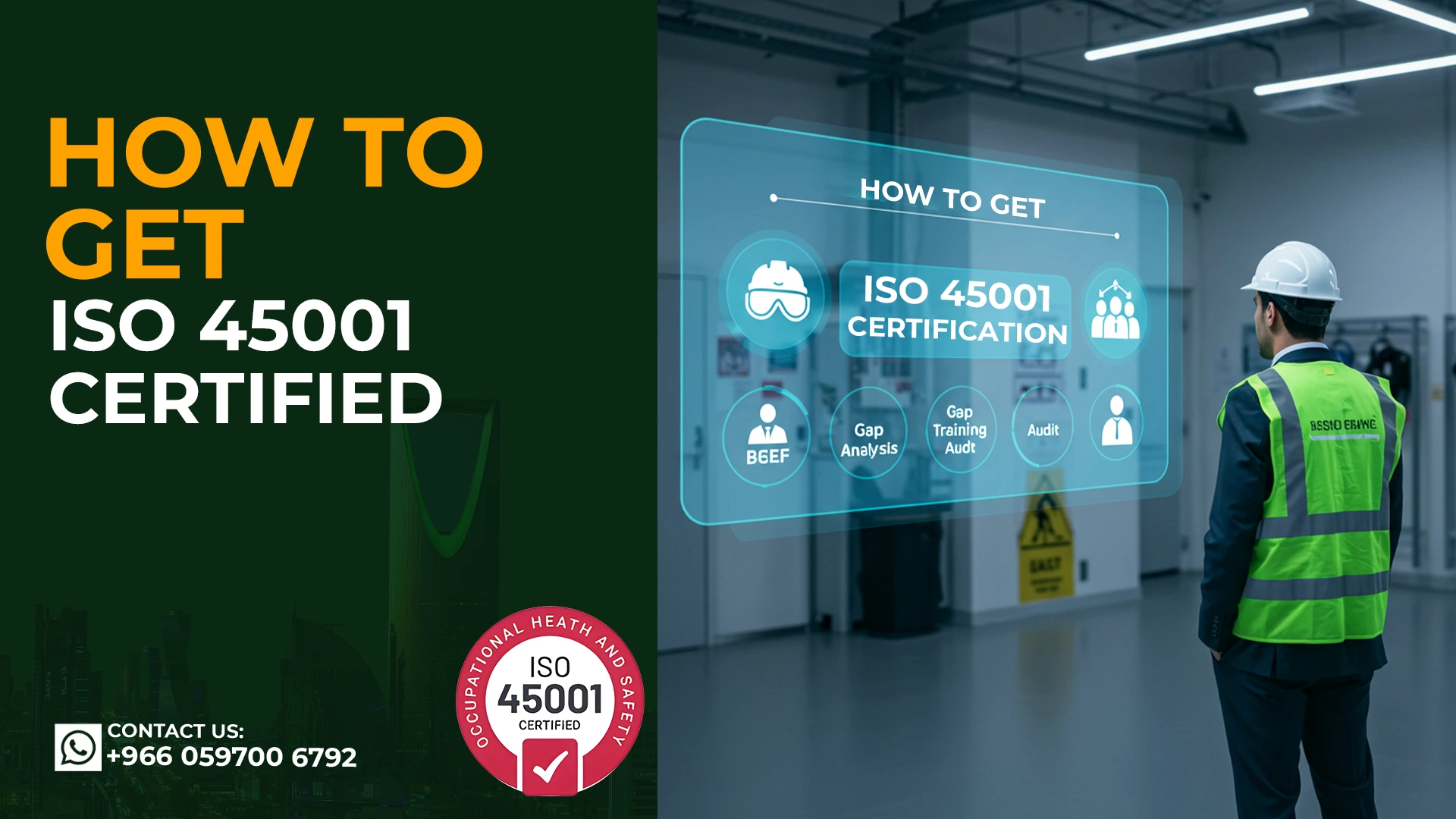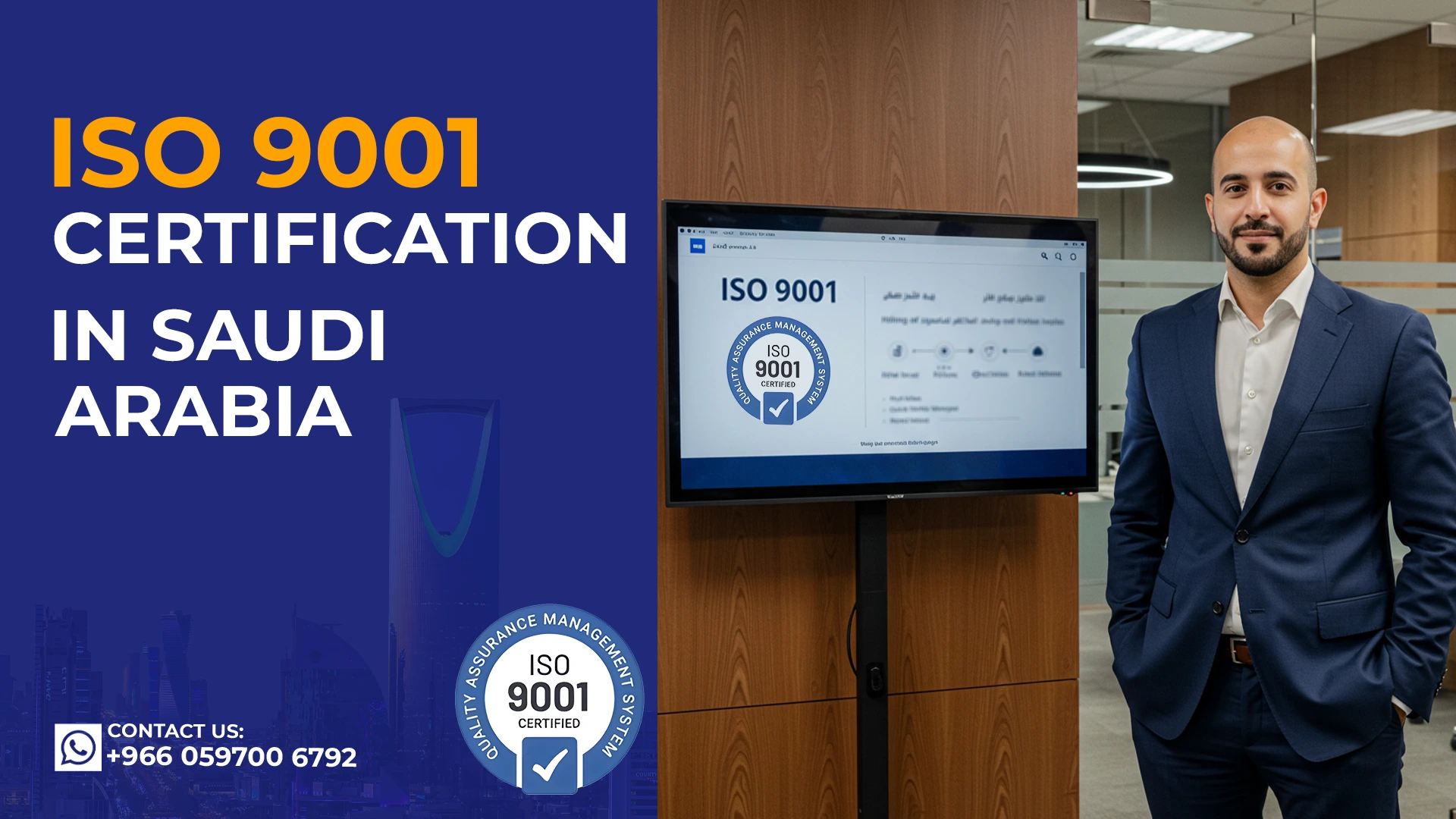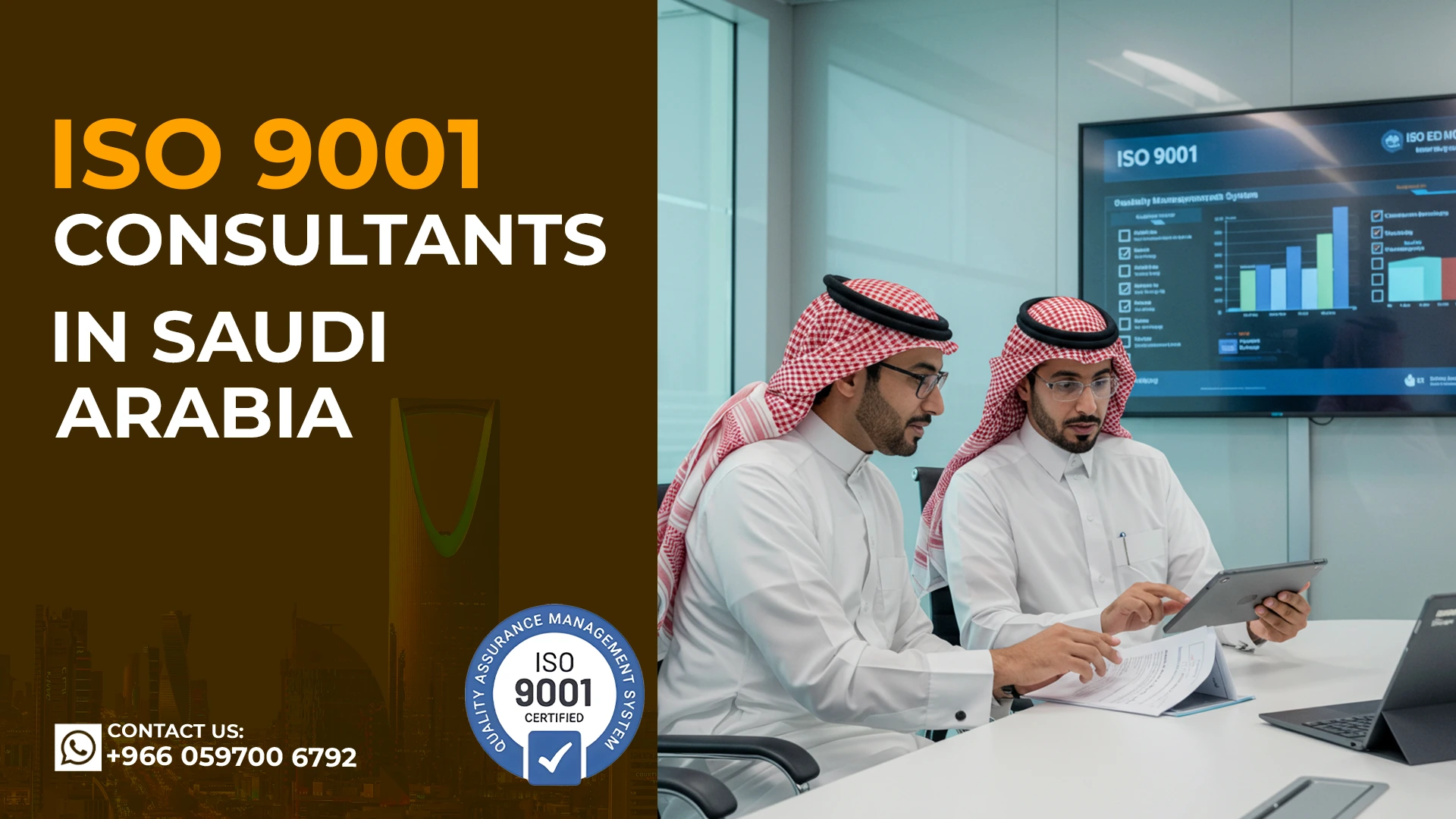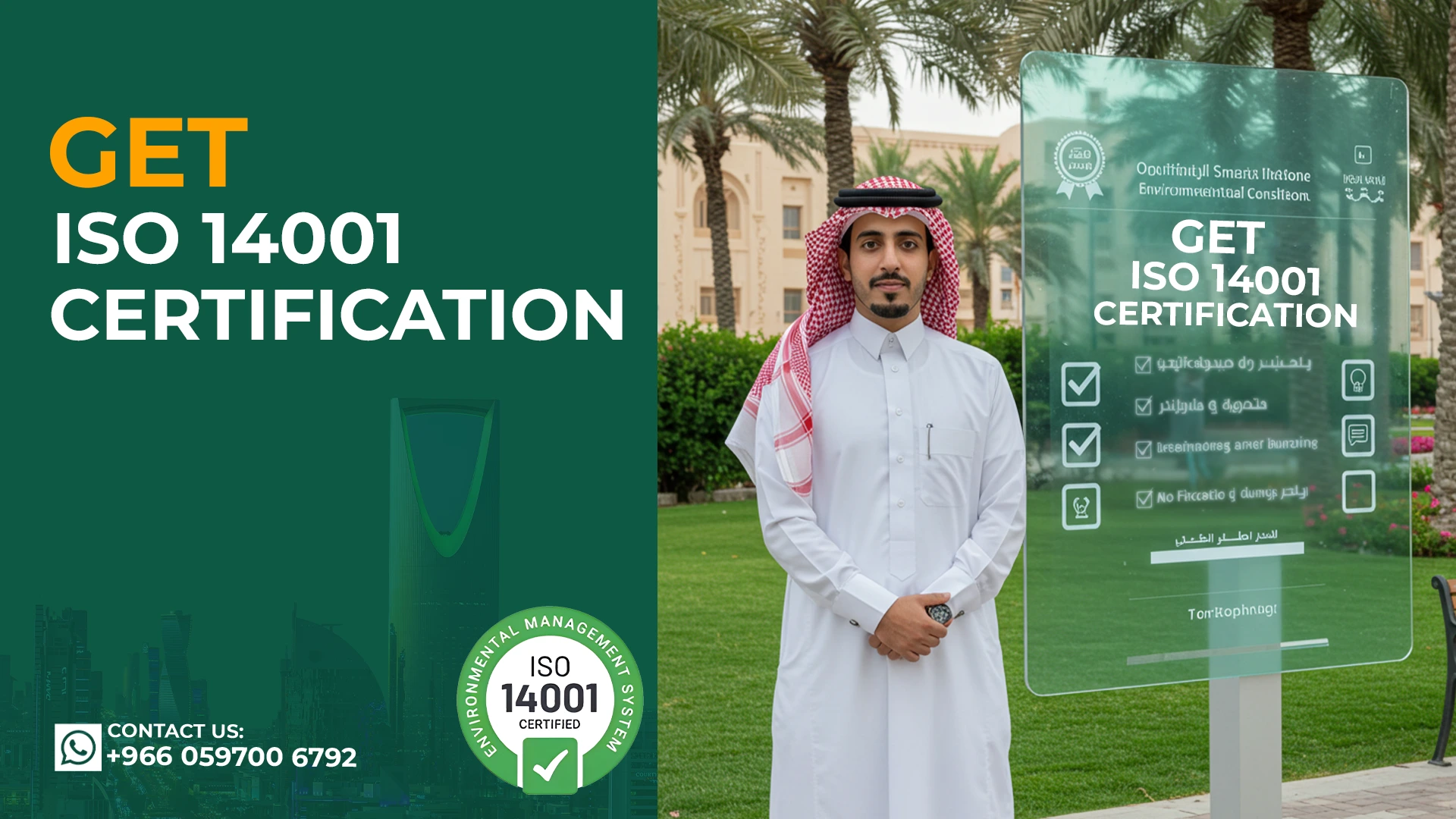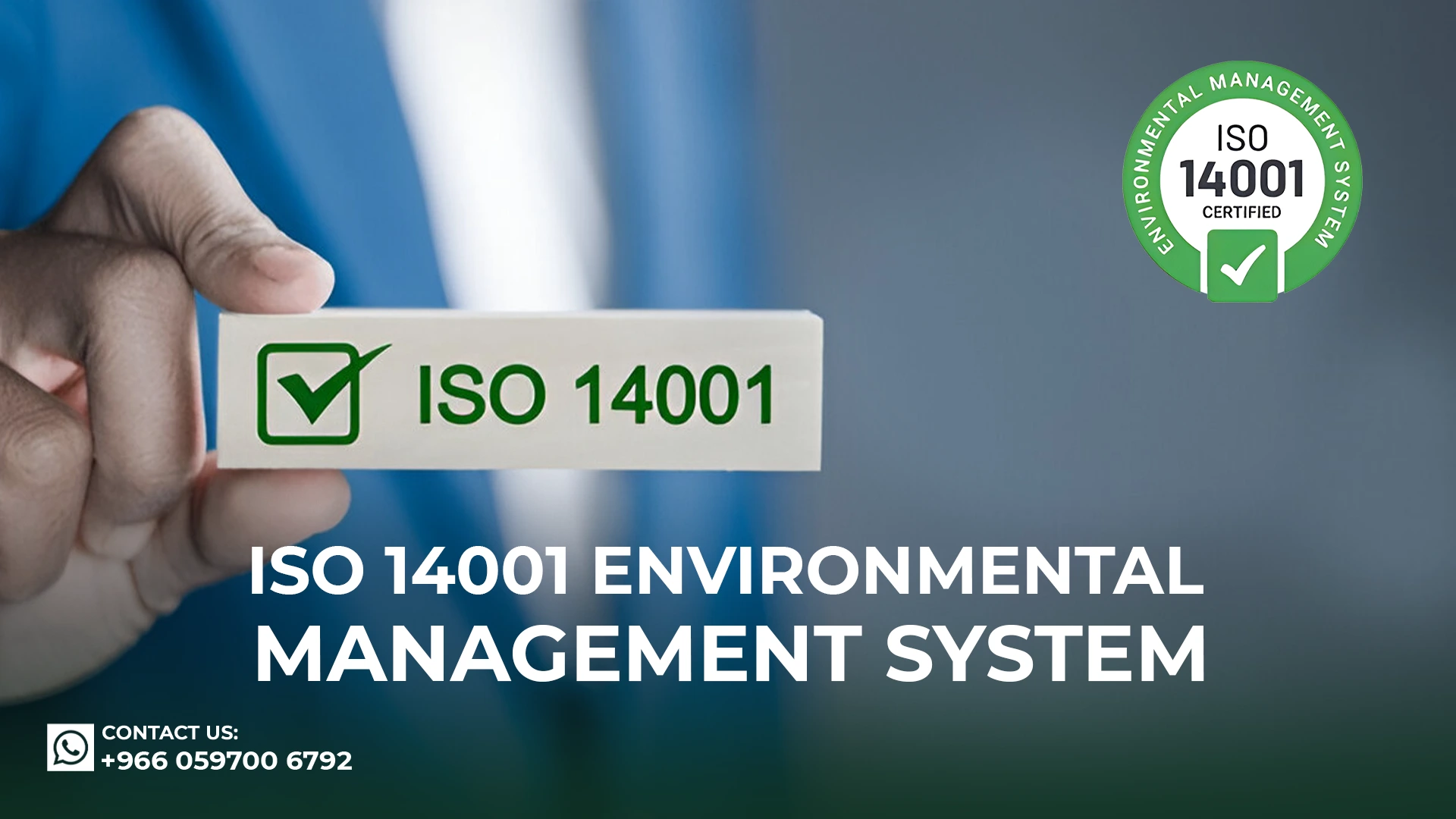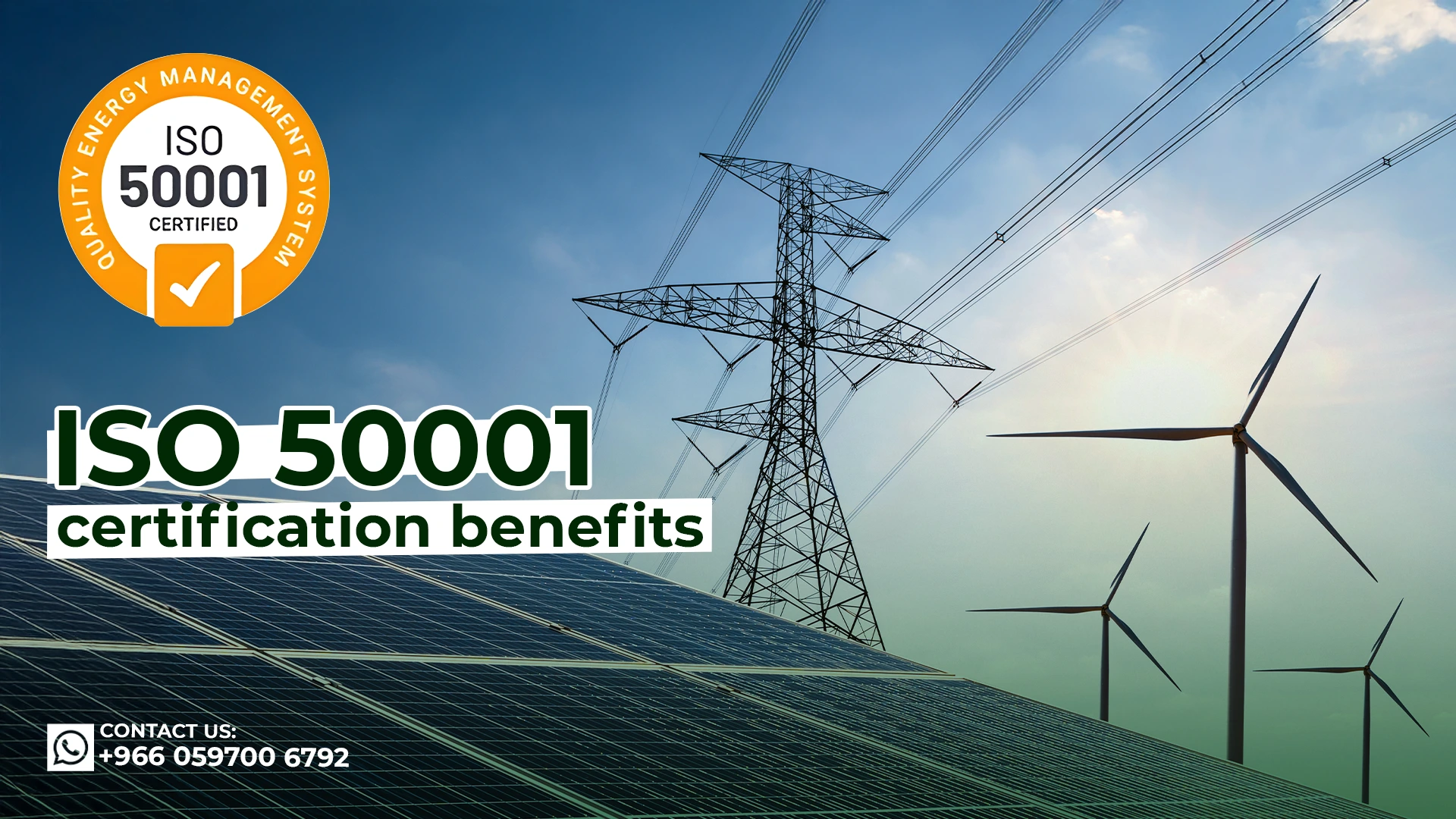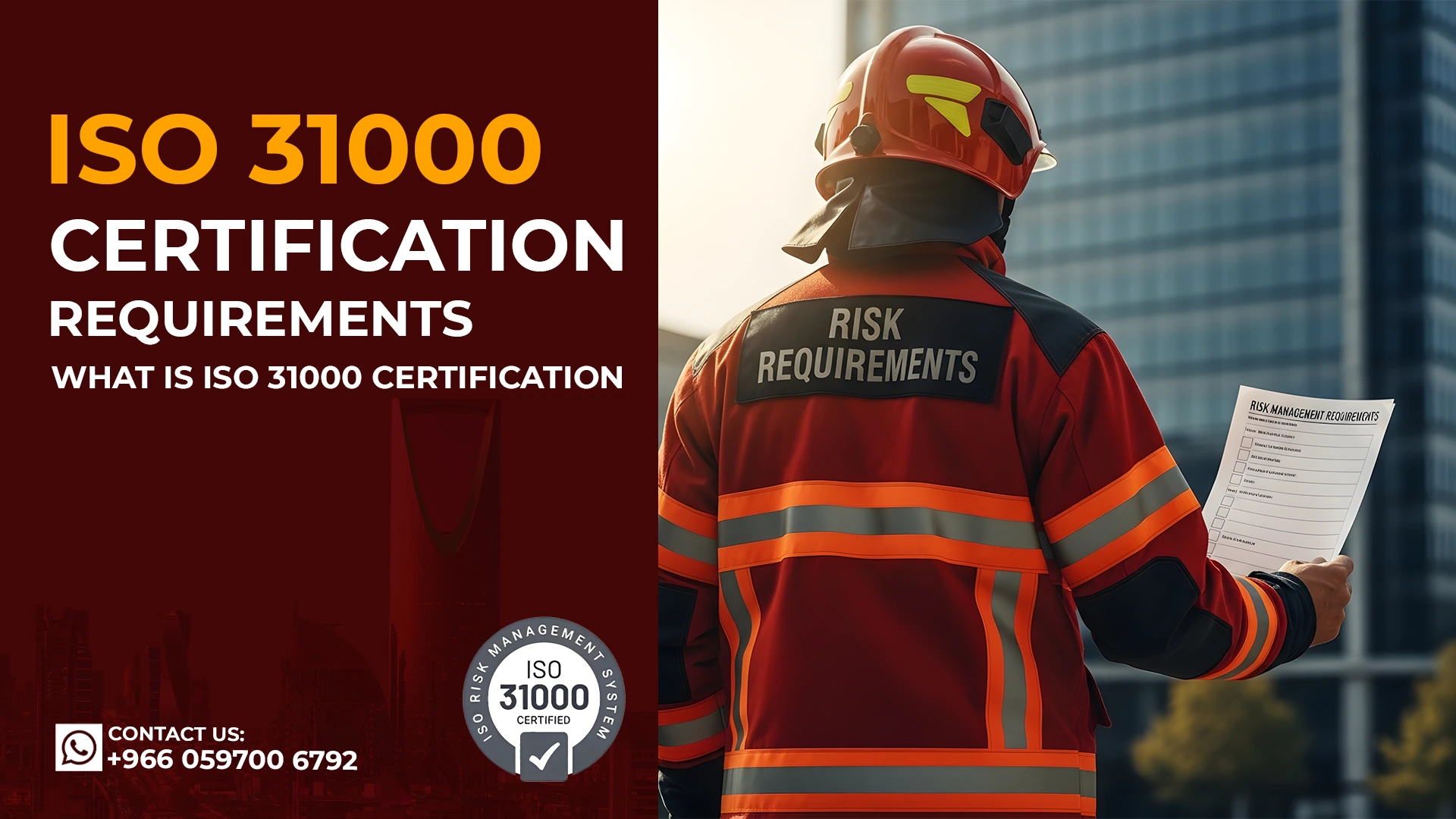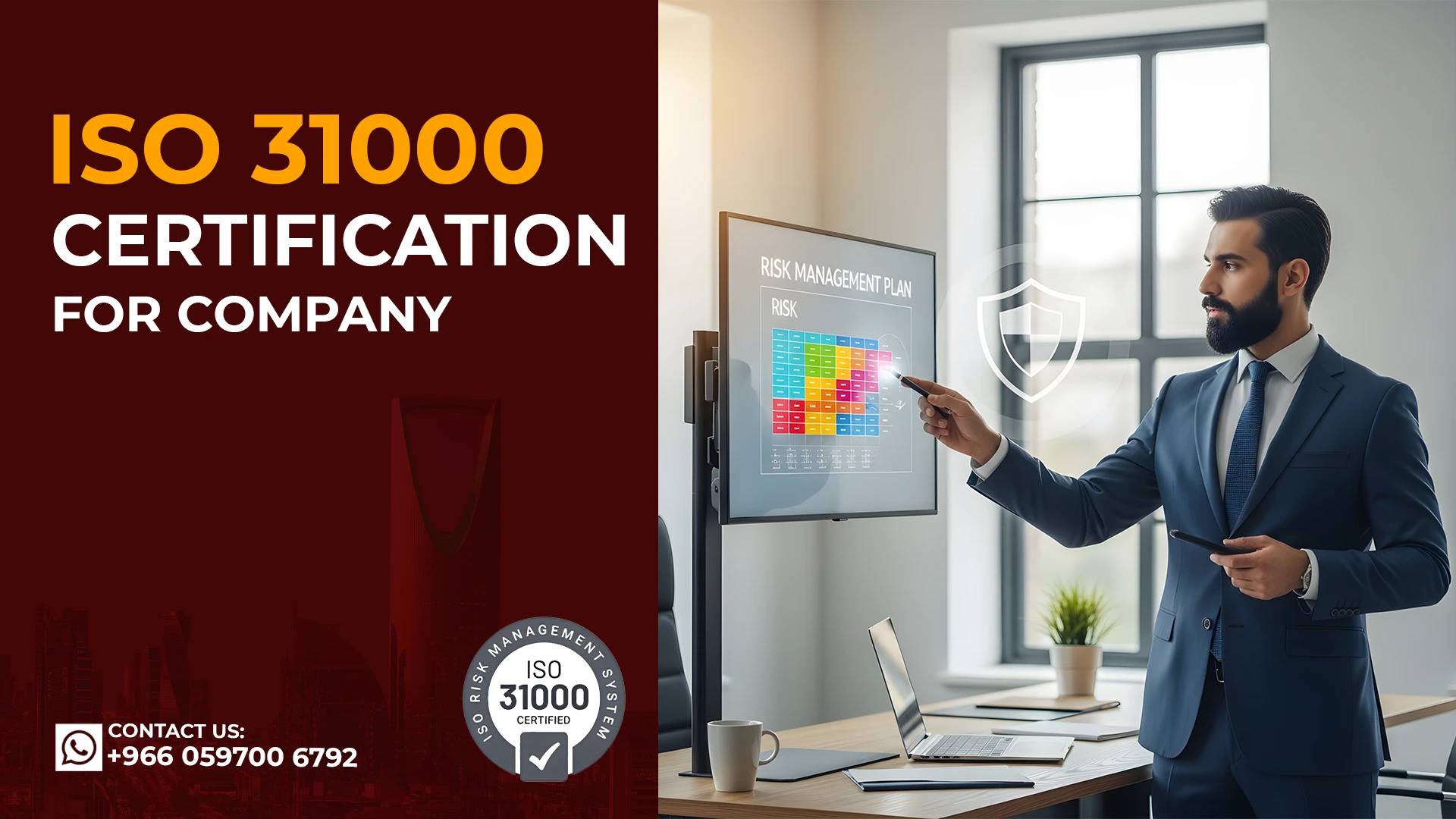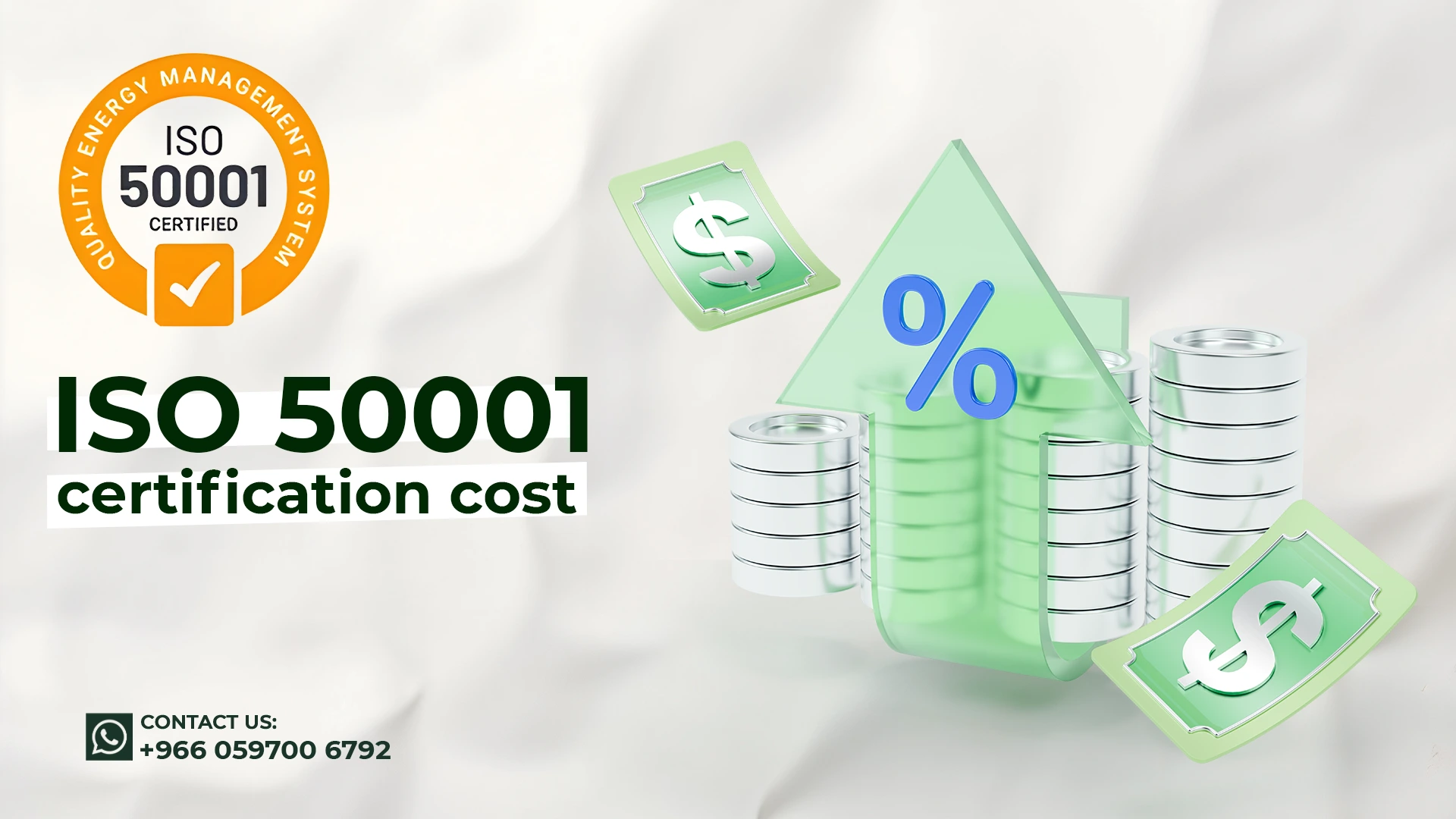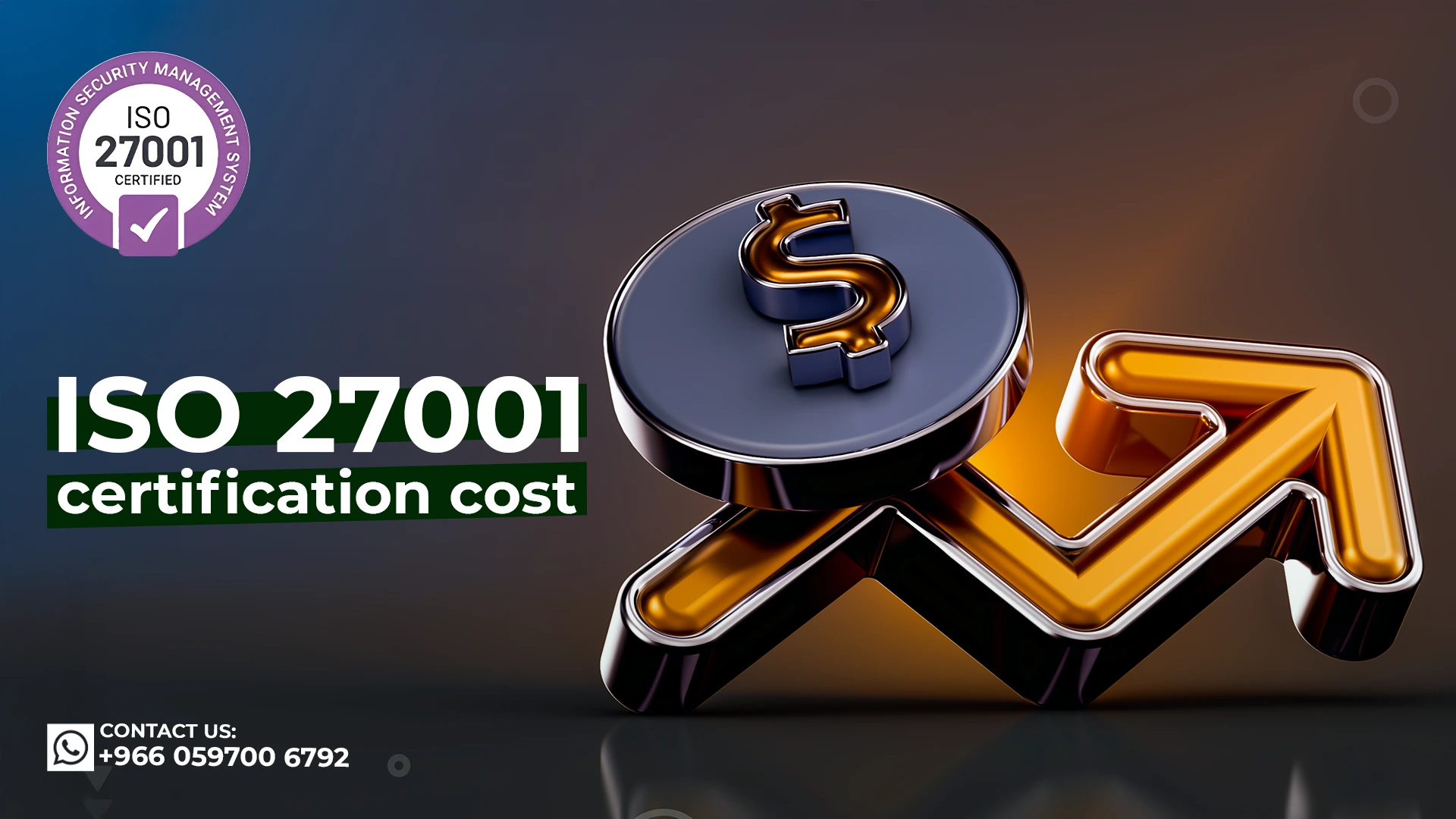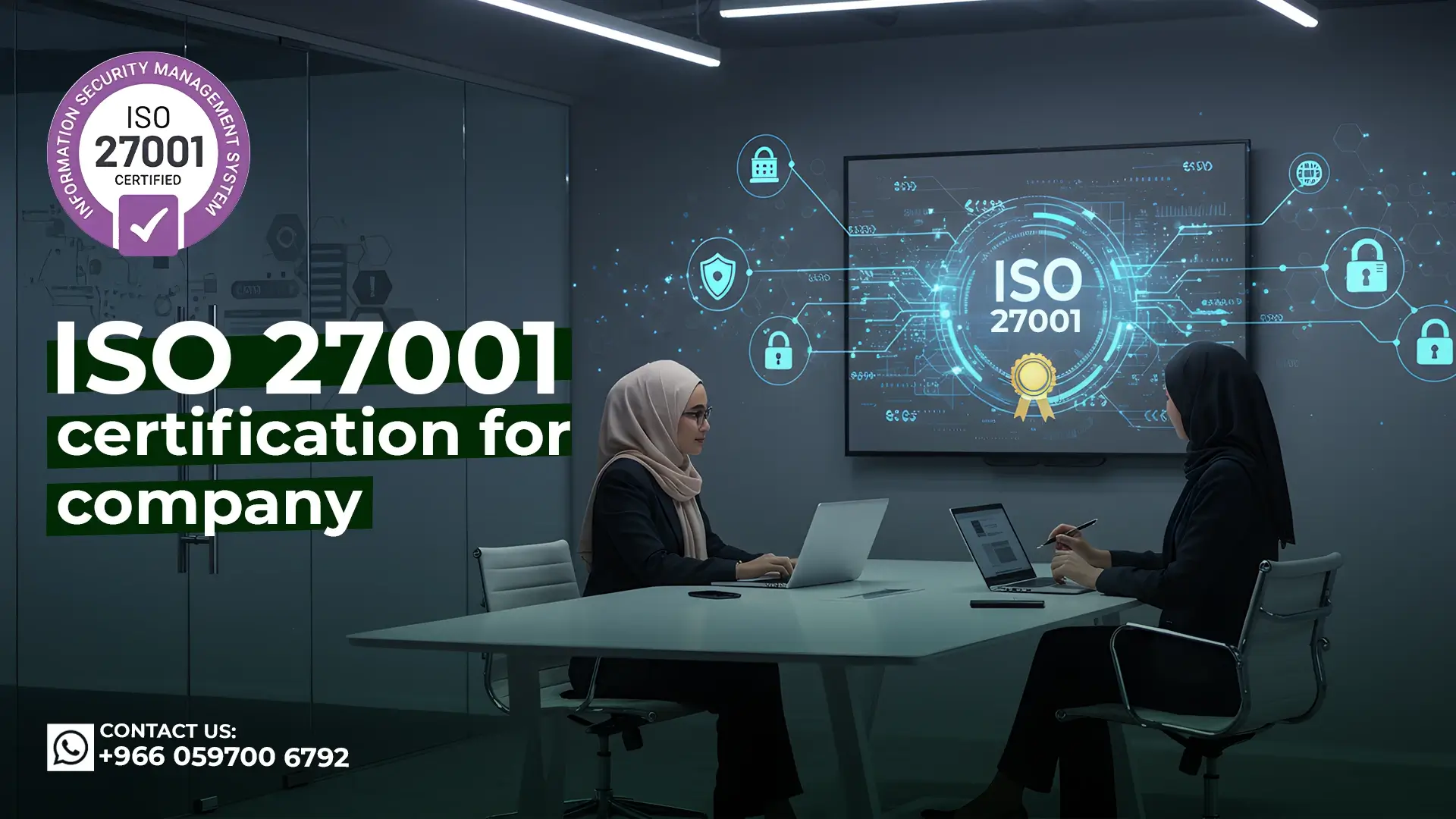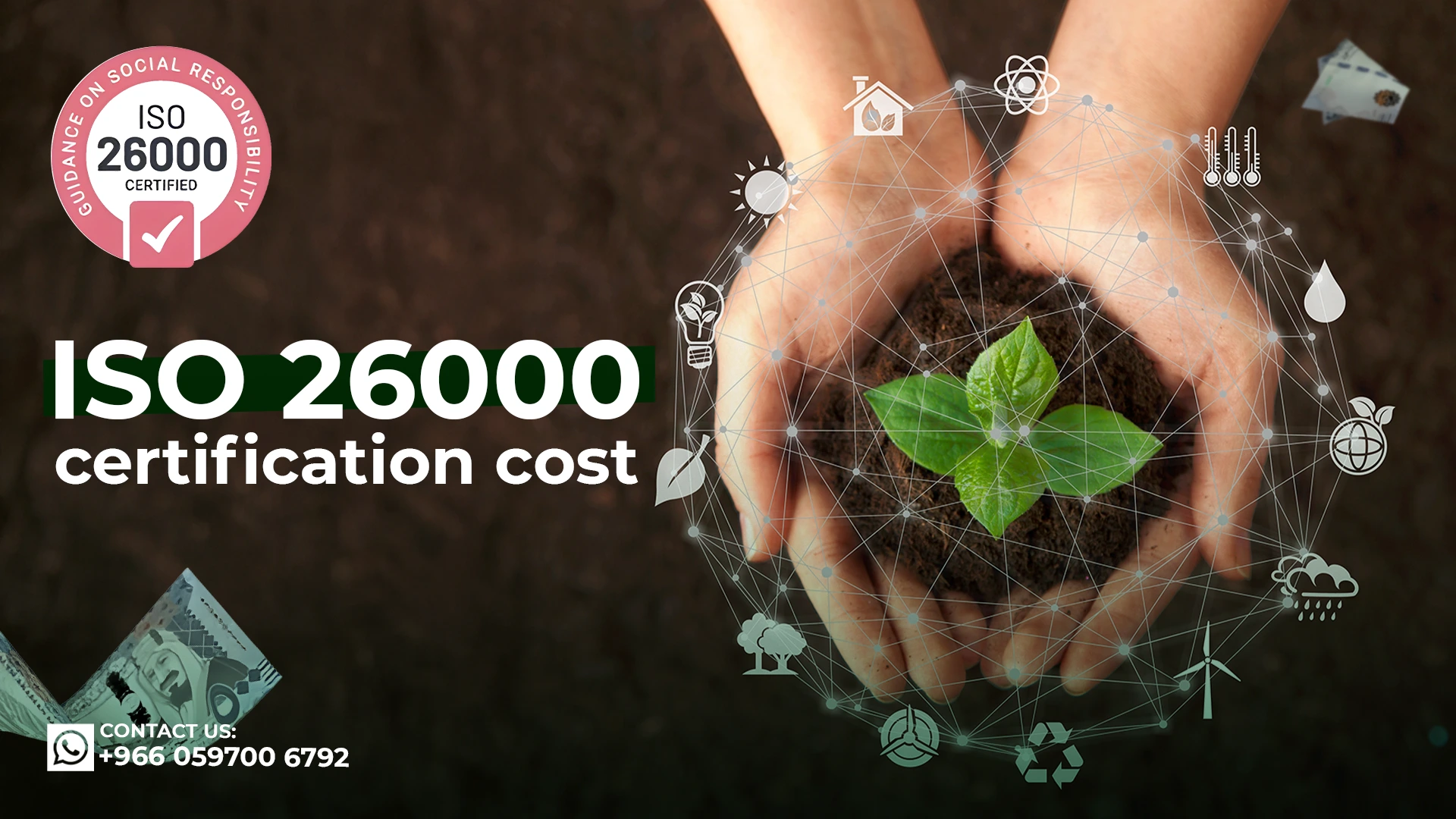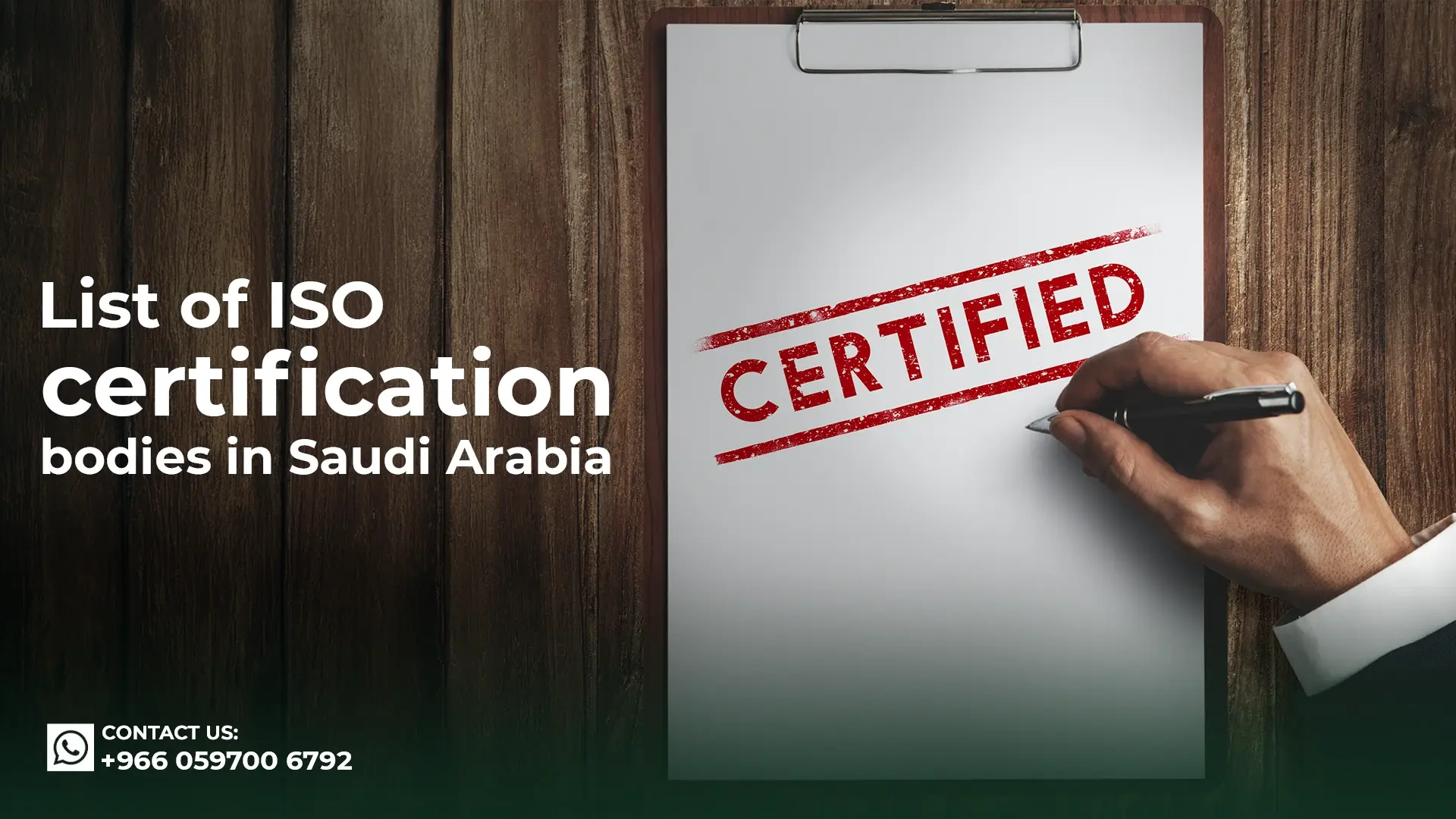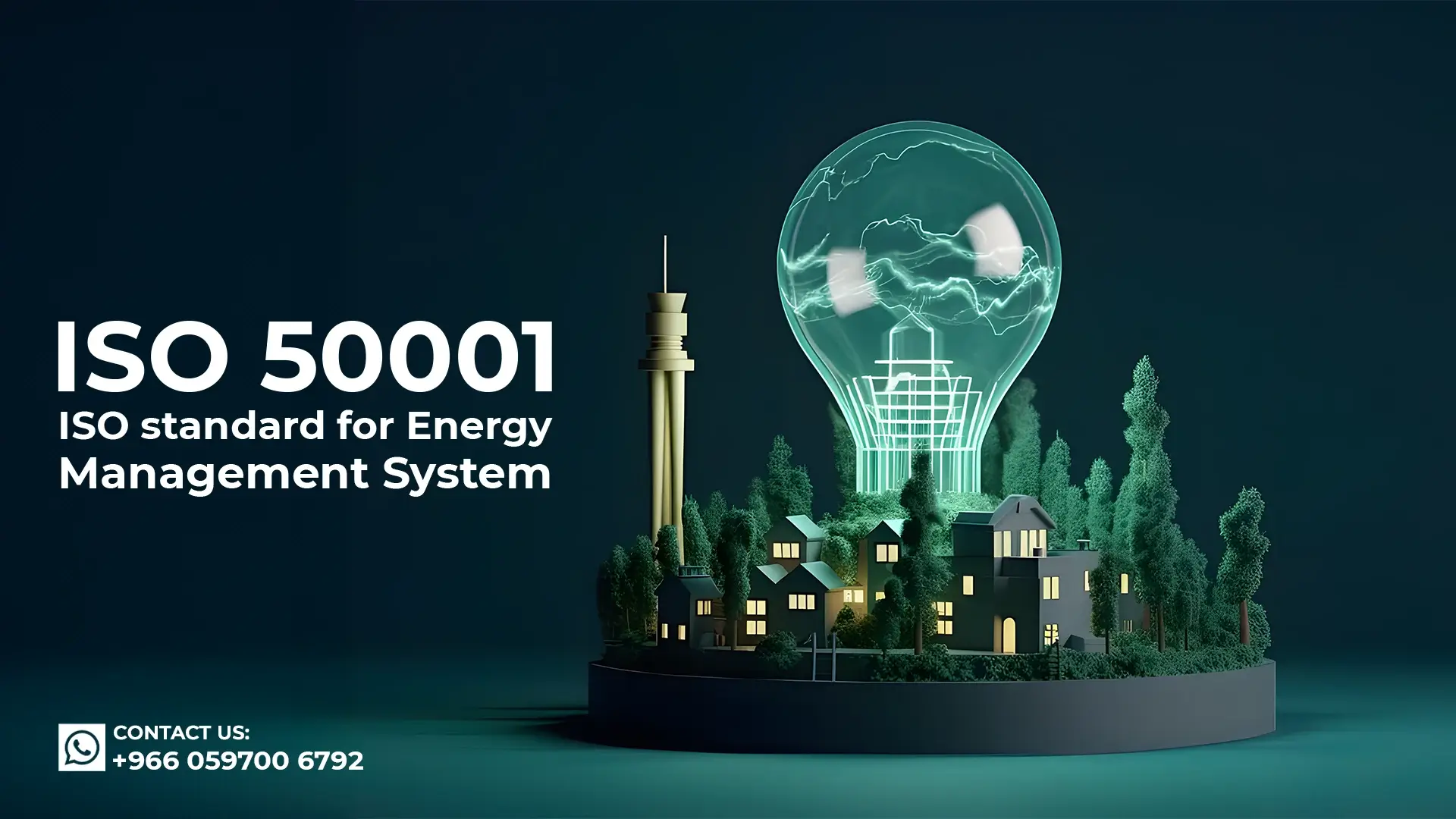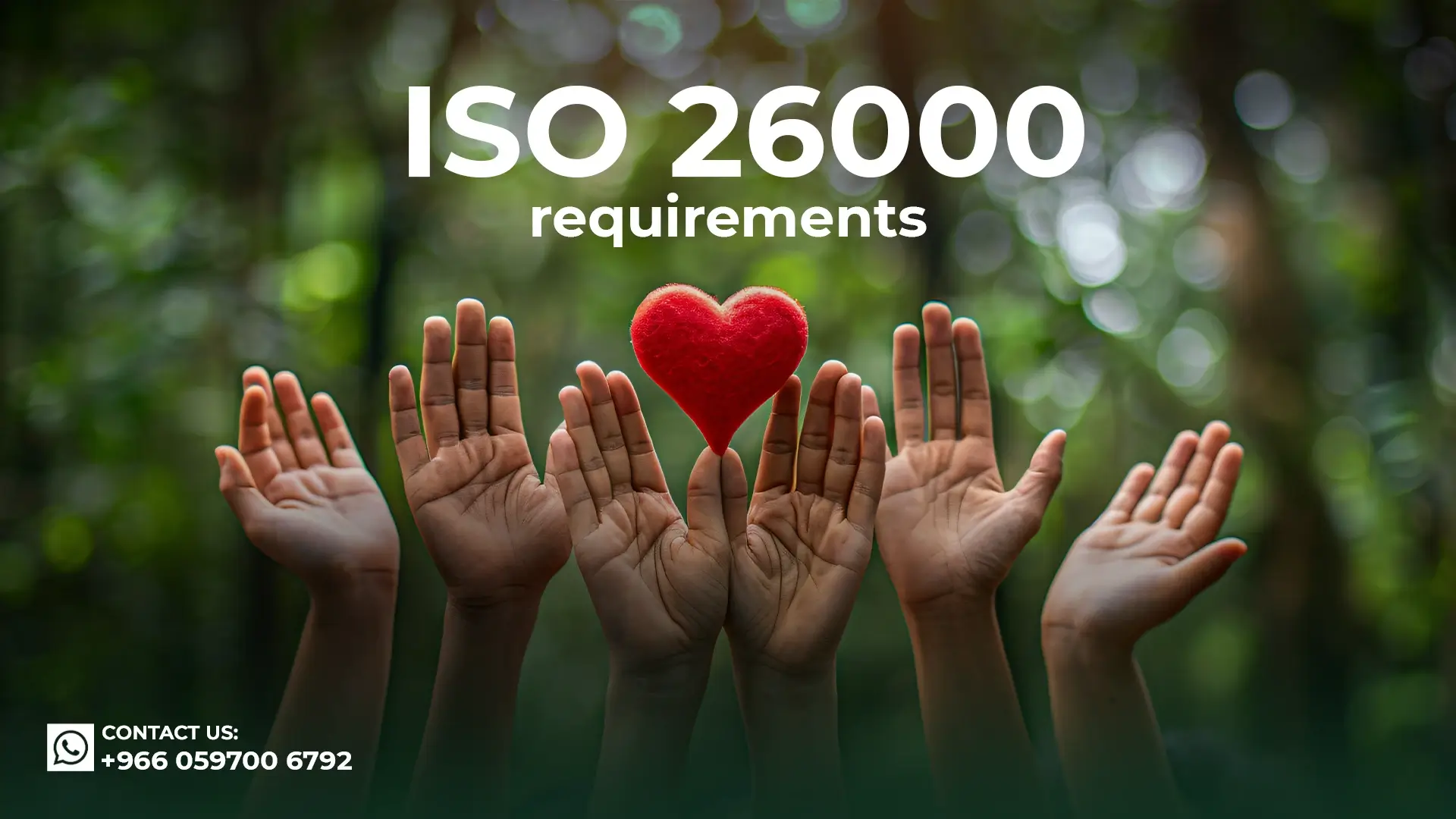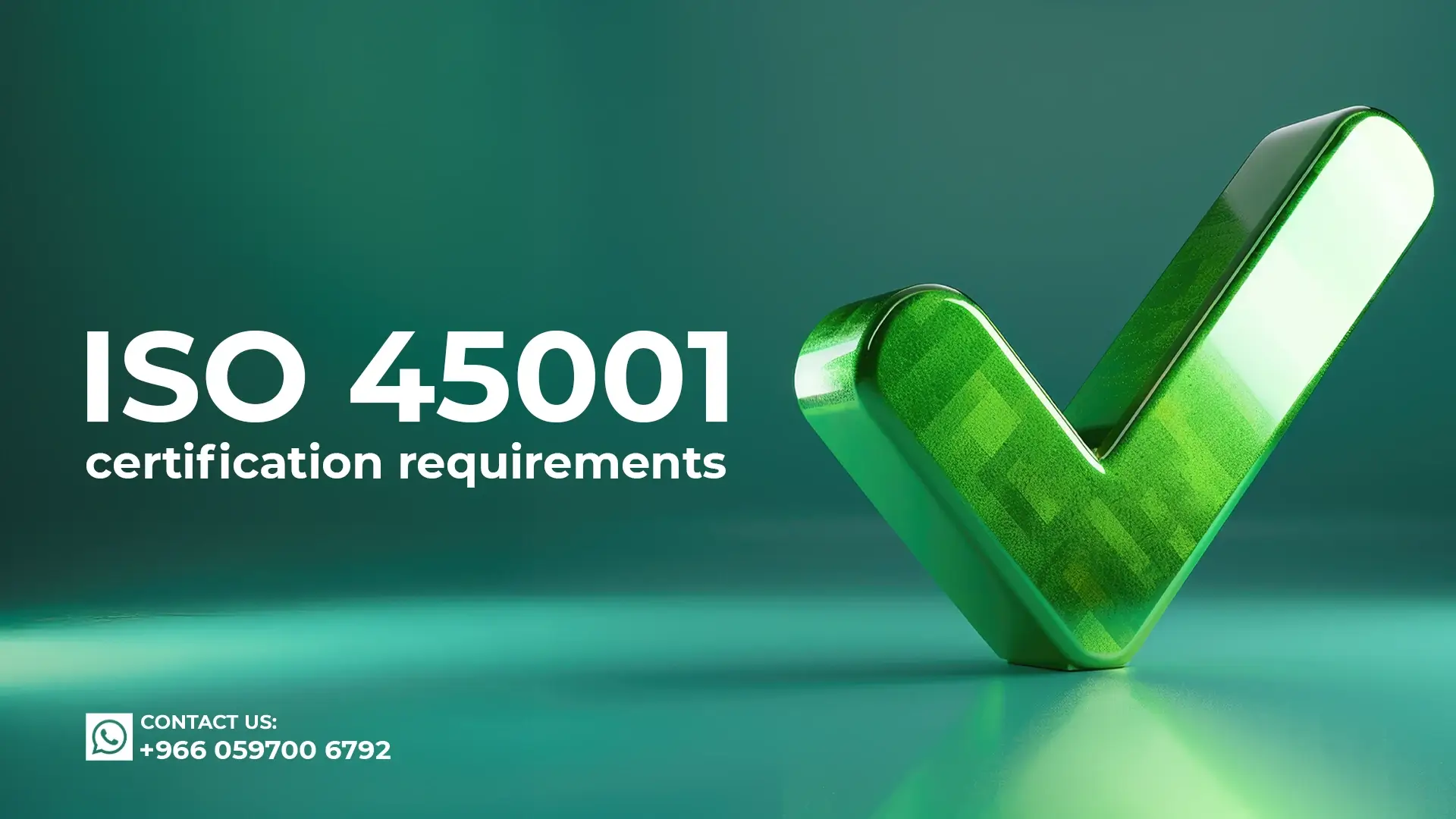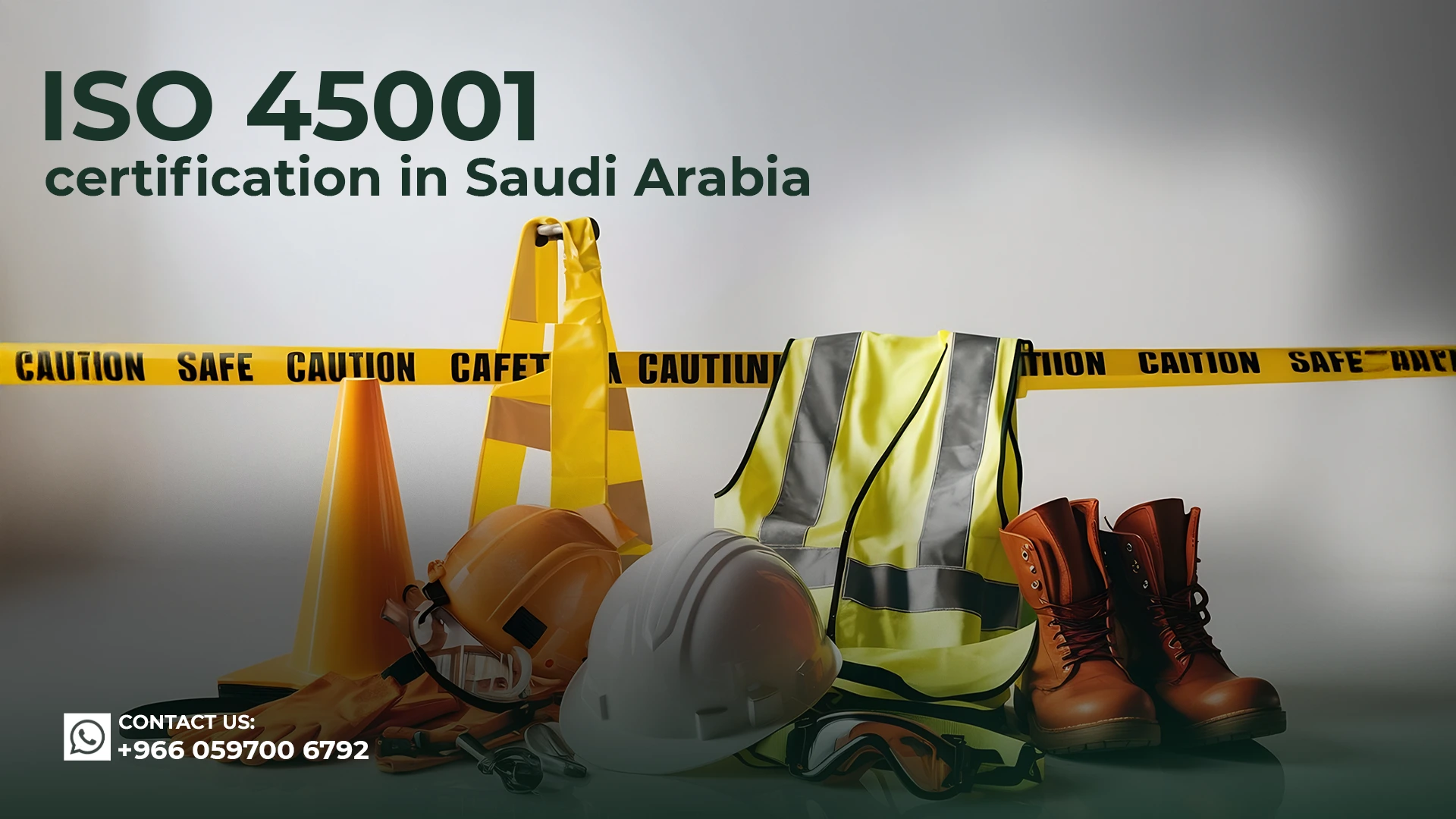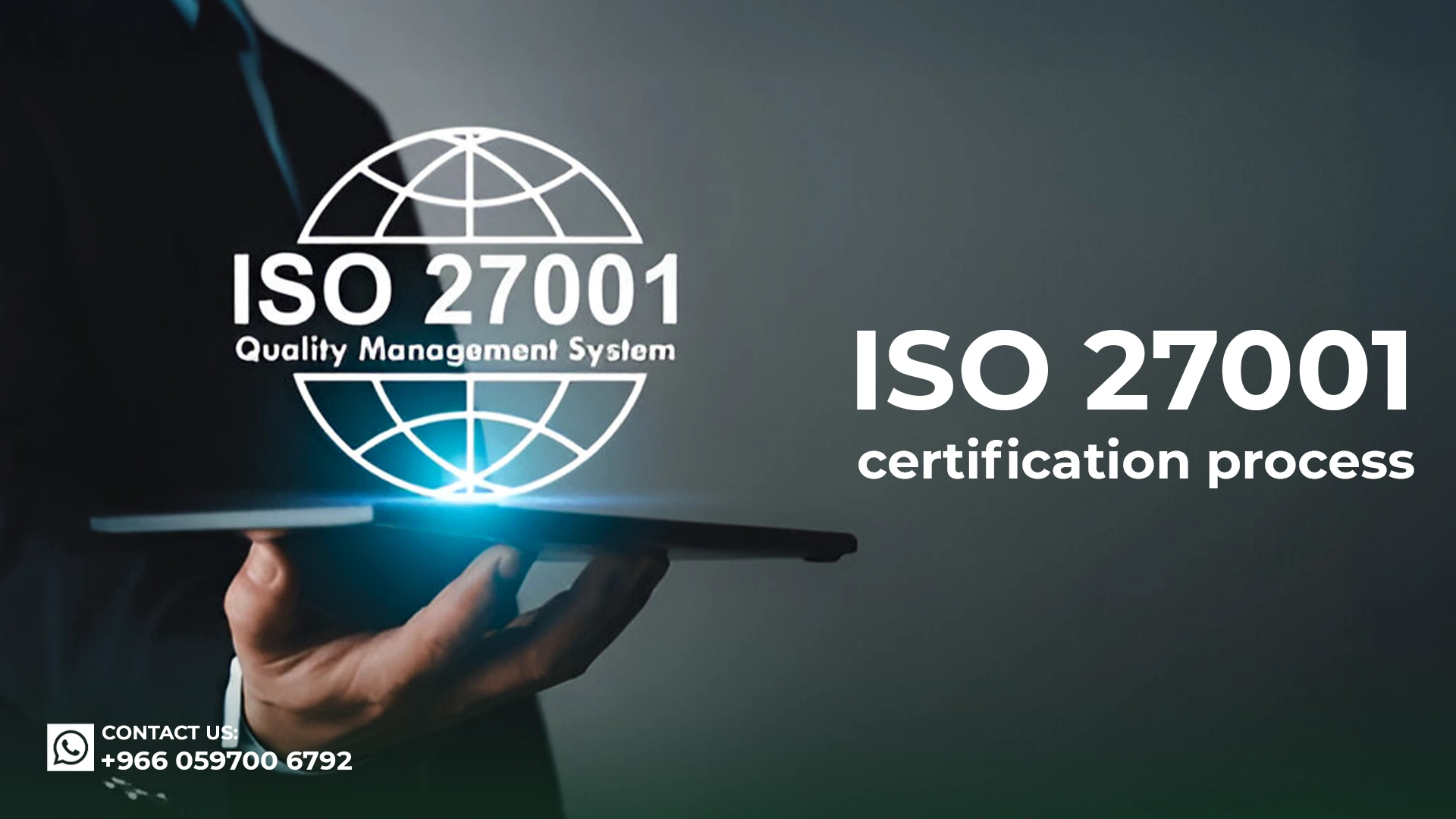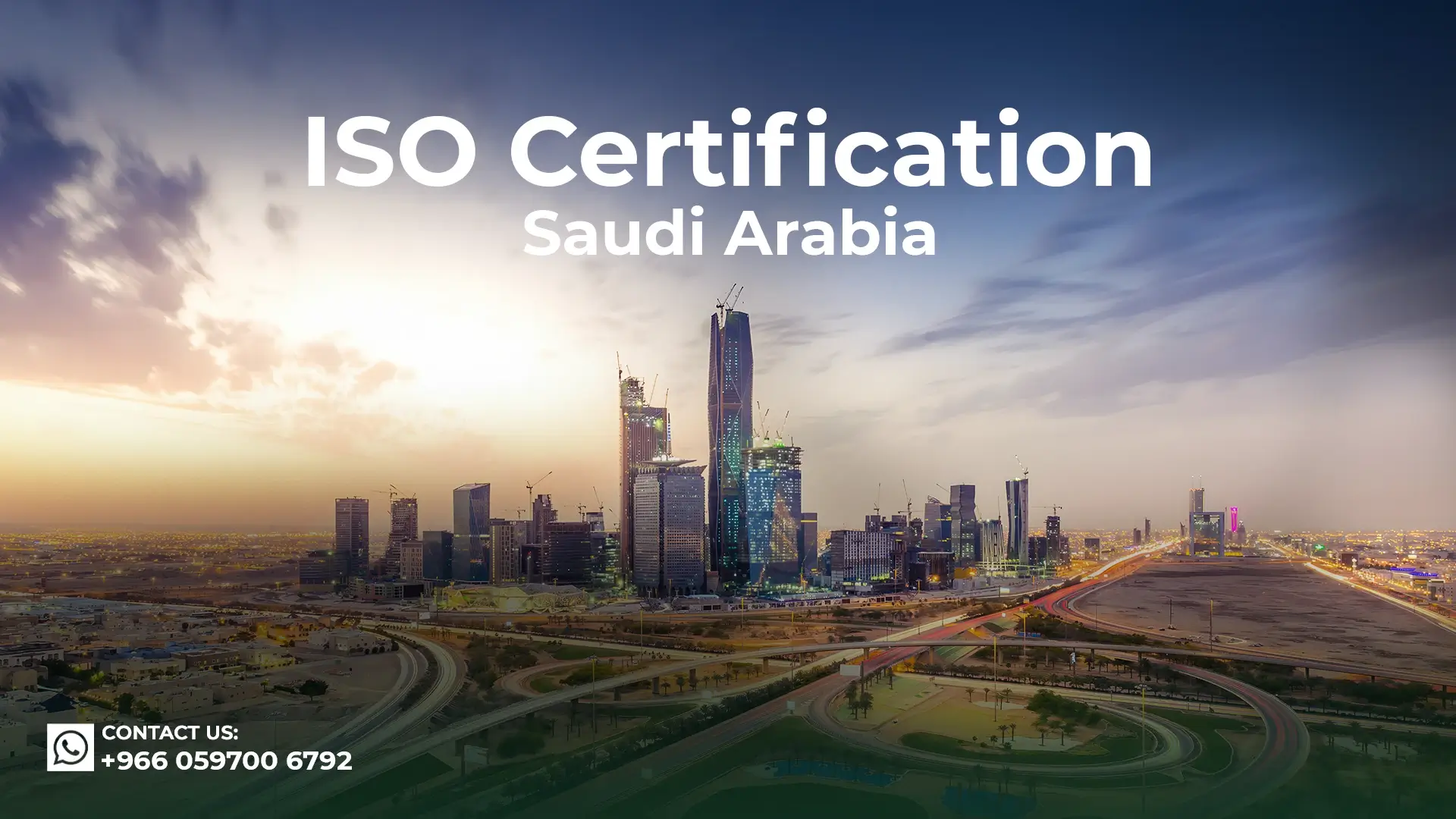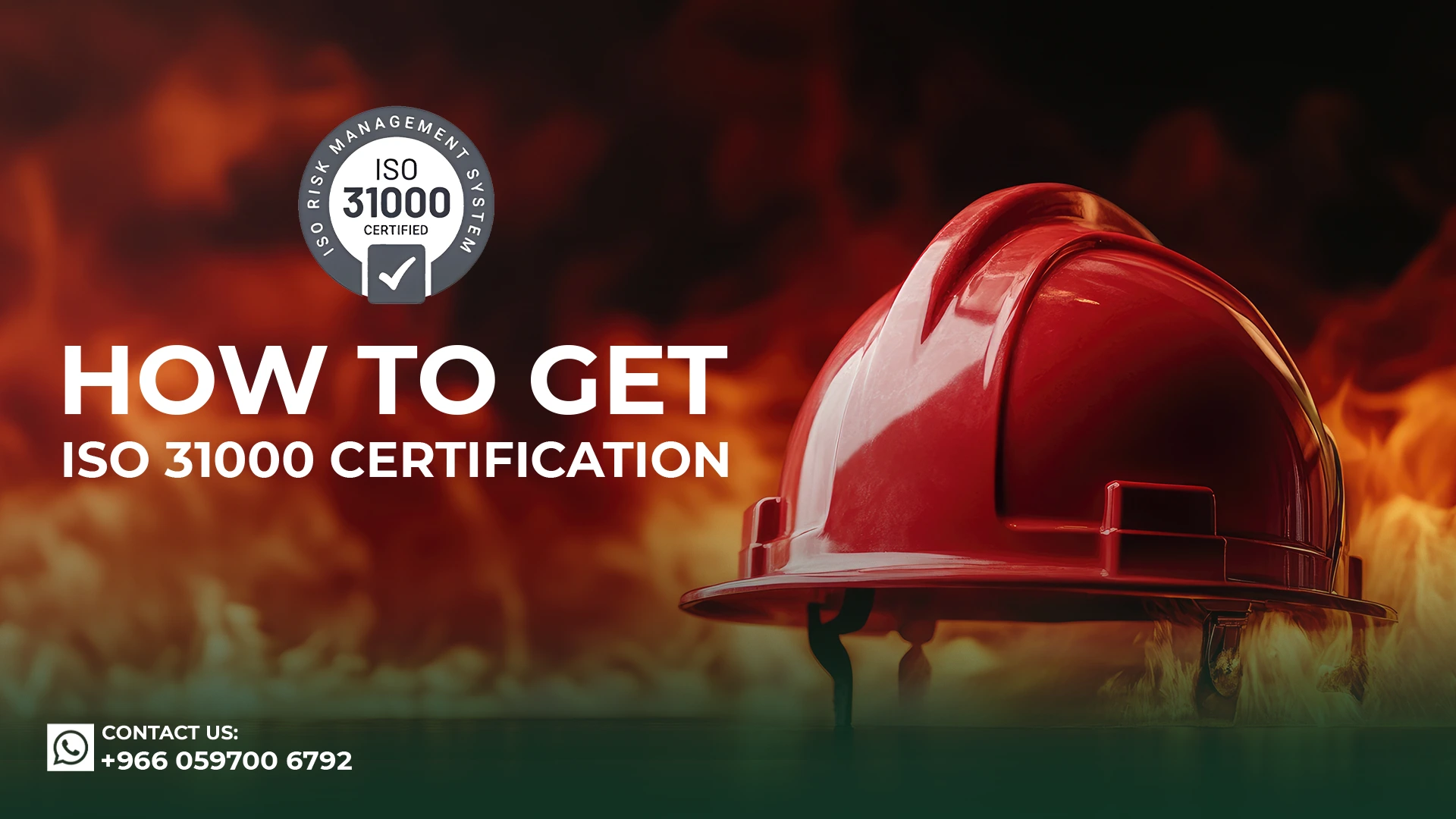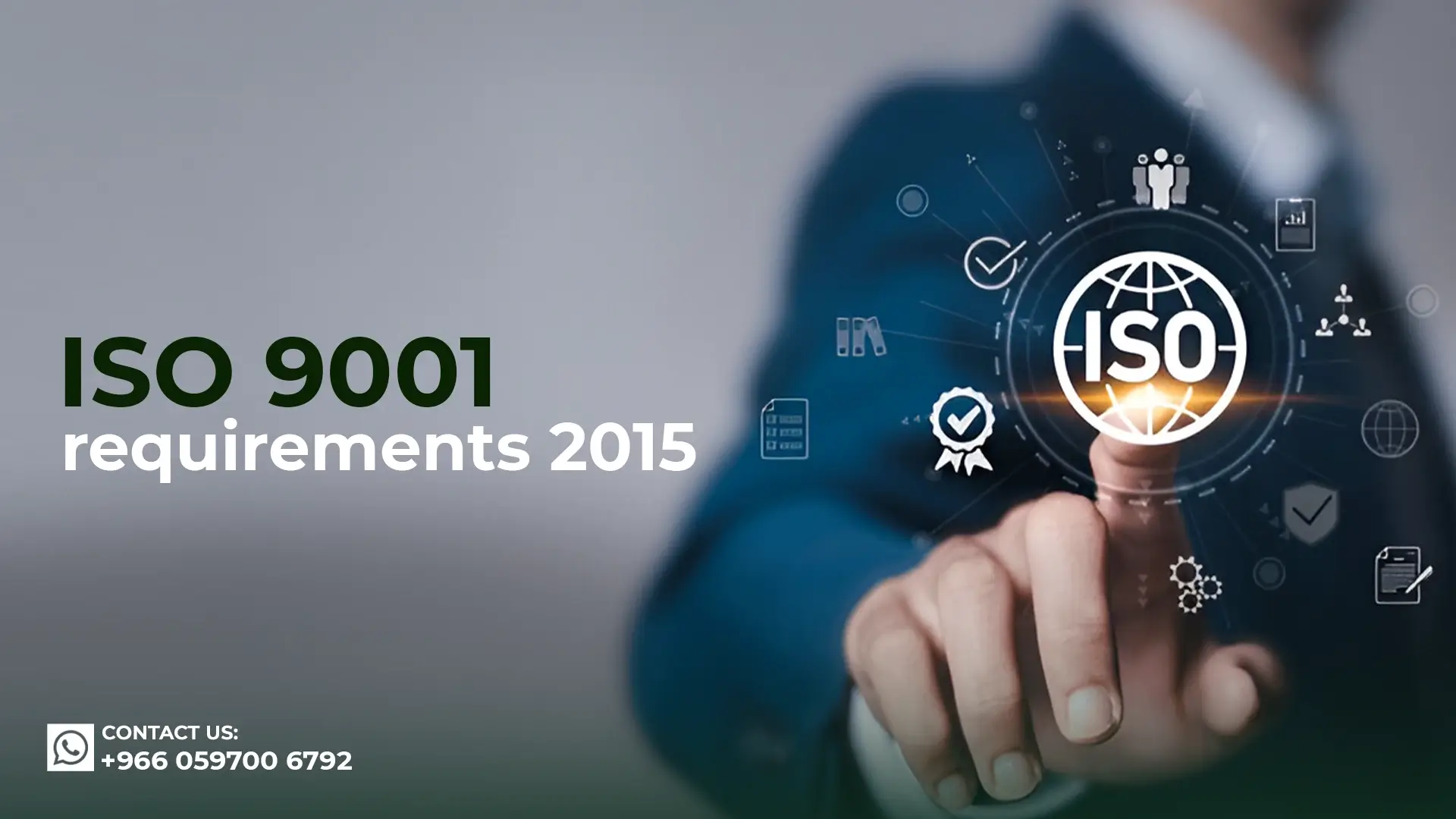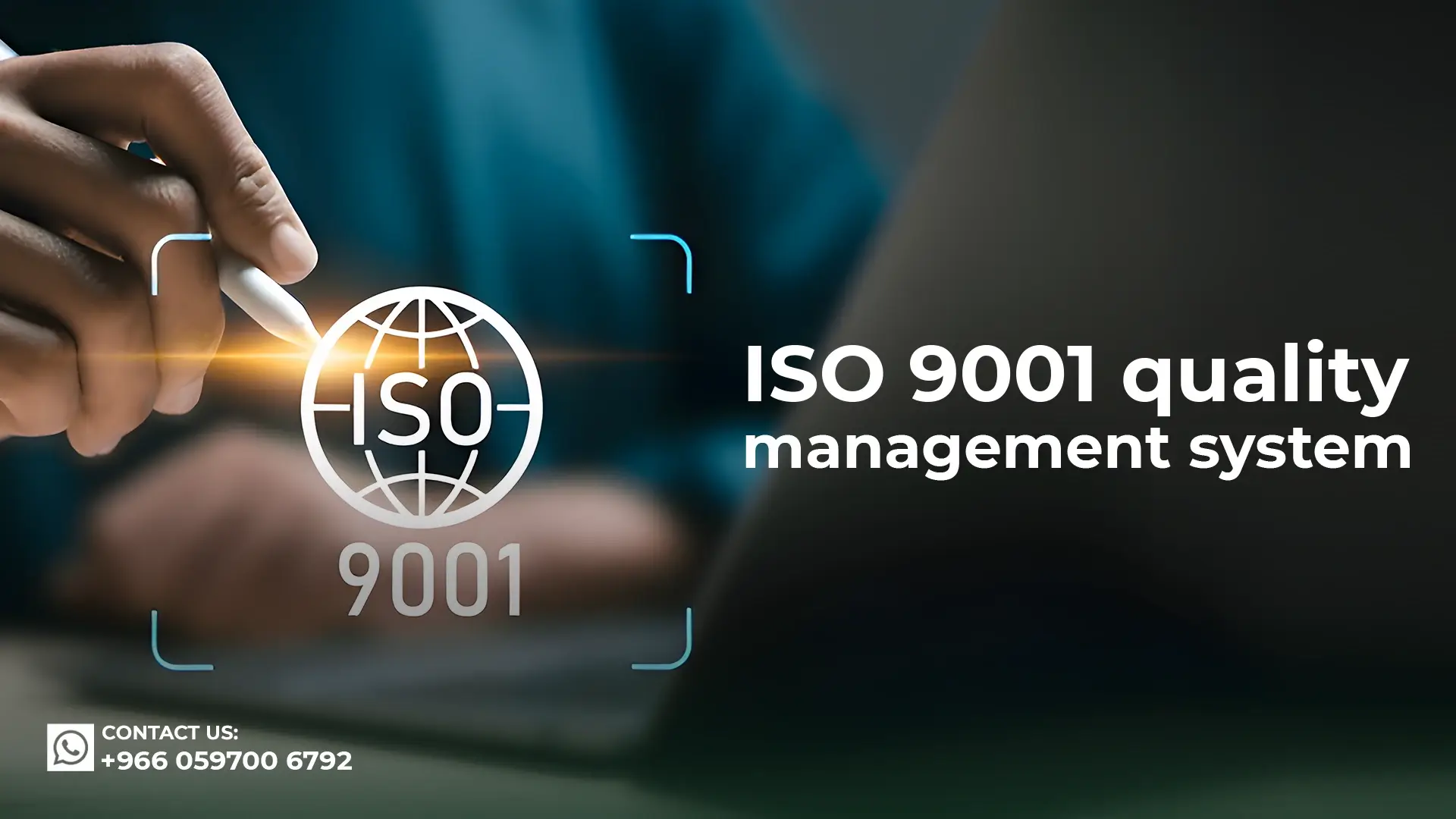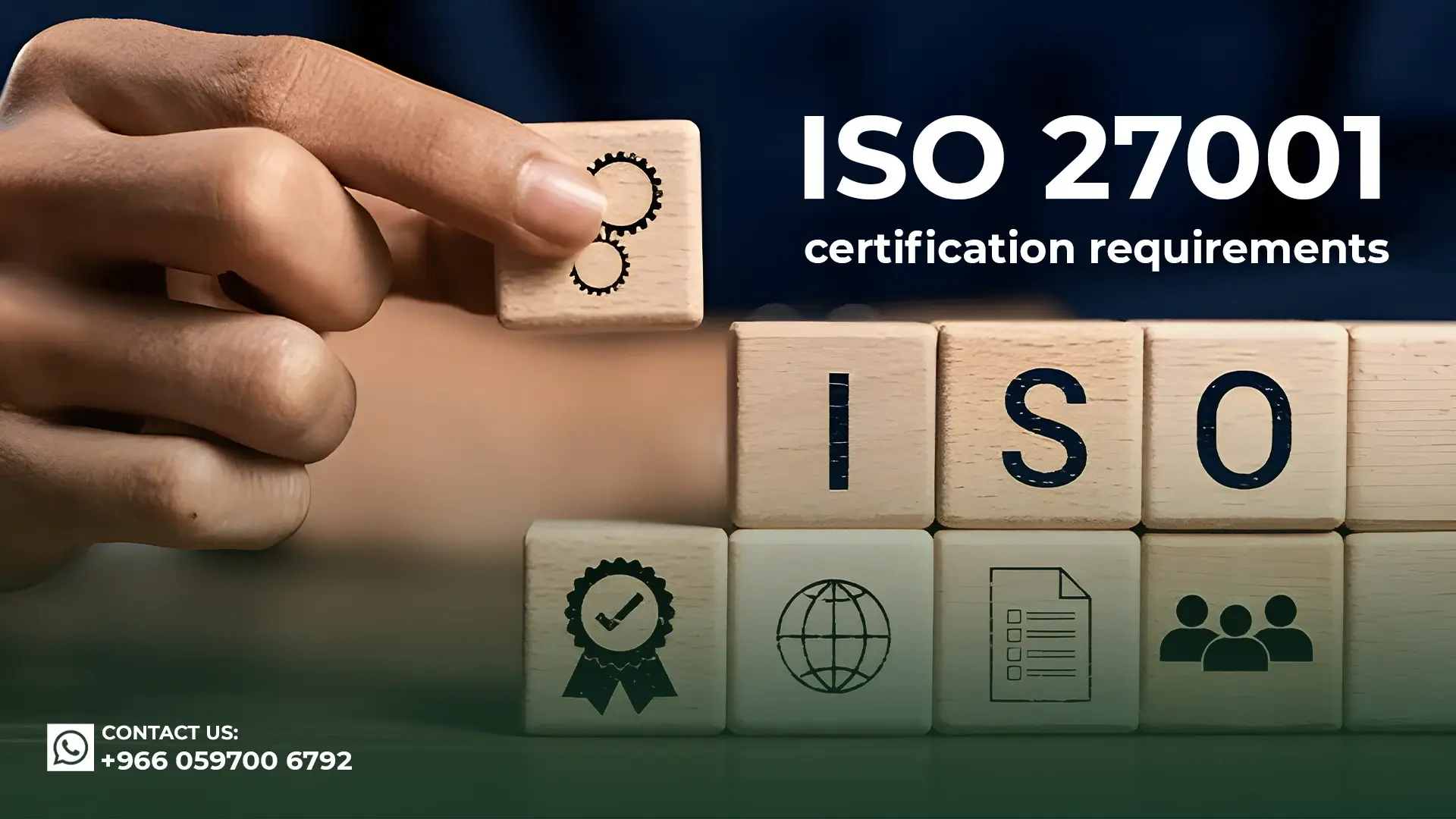ISO 14001 certification is one of the most important international standards focused on environmental management. This standard is adopted by companies seeking to enhance their environmental performance and comply with local and international environmental legislation.
However, many may wonder about ISO 14001 certification cost, and how costs can be affected by various factors. In this article, we’ll take a look at everything ISO 14001 cost and the factors that may affect it.
What is ISO 14001 Environmental Management System Certification?
How much does ISO 14001 certification cost? Before discussing ISO 14001 cost , let’s know What is ISO 14001 Environmental Management System Certification?
The ISO 14000 series is an environmental management standard developed by the ISO TC207 Standard Development Committee. This series is designed to cover all environmental issues relevant to organizations and provides a resource for organizations to prioritize, manage, and control environmental impacts.
The ISO 14001 Environmental Management System is essentially a management model created based on risk analysis, with the goal of minimizing the use of natural resources and minimizing damage to soil, water and air.
ISO 14001 certification is an ISO certification that helps organizations better meet their environmental responsibilities and save environmentally related costs.
Read more: ISO 9001 quality management system
Scope of the ISO 14001 Certification Standard
The environmental management system is known worldwide as the ISO 14001 standard. Following the ISO 9001 quality management system standard, the environmental management system has been recognized and implemented by international organizations.
The scope of the ISO 14001 environmental management system standard primarily includes:
– General requirements,
– Environmental policy,
– Planning,
– Implementation and operation,
– Corrective and preventive actions, and
– Management review.
The ISO 14000 series is compatible with other environmental standards developed by the ISO TC 207 committee. This series consists of the following standards:
- – ISO 14004 – Environmental management systems – Guide to basic systems and supporting technologies.
- – ISO 14010 – Environmental inspection guide – General environmental inspection principles.
- – ISO 14011 – Environmental inspection guide – Inspection procedures – Inspection of environmental management systems.
- – ISO 14012 – Environmental inspection guide – Qualification criteria for environmental inspectors.
Read More: ISO 27001 certification process 2025
What are the basic principles of the ISO 14001 Environmental Management System?
The basic principles of the ISO 14001 certification may help you to expect average budget for how much does ISO 14001 certification cost?
ISO 14001 is built on the following 5 fundamental principles.
1. Environmental Policy
Organizations should first establish an environmental policy and this policy should pay attention to the following:
- Policy compliance with activities, products, and services.
- Commitments to continuous improvement and pollution prevention.
- Compliance with environmental legislation and legal regulations.
- Responsibilities for setting and reviewing environmental goals and objectives.
- Ensuring employee participation.
2. Planning
Organizations must conduct planned studies on their environmental impacts, identify all environmental impacts, identify the most significant impacts, monitor them, and implement continuous improvement measures.
Environmental impacts must first be compared with environmental legislation and regulations and ensure compliance.
Environmental impacts include the following:
- Air emissions
- Water discharge
- Soil discharge (solid and hazardous waste)
- Resource consumption (diesel, water, raw materials, electricity, fuel oil, etc.)
3. Inspection
- The organization must establish and maintain a written method for monitoring and measuring transactions and activities that may have significant environmental impacts.
- Measuring instruments must be calibrated and records must be maintained.
- In the event of any non-compliance, a methodology must be established for taking corrective, preventive, and follow-up actions.
- Environmental records must be maintained. Whether the environmental management system complies with ISO 14001 requirements and report audit results to senior management.
4. Management Review
- The appropriate senior management must review the suitability, adequacy, and effectiveness of the environmental management system, taking into account established criteria, at specified intervals.
- Records of this review must be maintained.
- Activities must be planned and monitored to identify deficiencies, shortcomings, or improvements.
5. Applications and activities
In order to ensure the effectiveness of environmental management, the following steps must be done:
- Define authorities and responsibilities.
- Identify a management representative for the environmental management system.
- The organization should provide the necessary training for its employees, and a written system is established to ensure internal and external communication.
- Manuals, procedures, and instructions (operational, emergency, monitoring, etc.) for the environmental management system must be prepared and implemented.
- Units with significant environmental impacts must be identified, and instructions must be developed to control parameters that may cause environmental impacts.
What documents are required to implement the ISO 14001 Environmental Management System?
- Environmental Manual
- Environmental Policy
- Environmental Implementation Guidelines in Line with the Environmental Policy
- Job Descriptions Defining Employee Duties and Responsibilities with Respect to Environmental Management
- Environmental Instructions in Accordance with Environmental Procedures
- Environmental Management Specifications
- Forms
In addition, the following documents must be available for document collection:
- Environmental risk assessment reports
- Environmental management system programs
- Environmental emergency plans and exercise records
- Environmental management system monitoring reports
- Records demonstrating compliance with environmental legislation
- Document control records
- Retention records and storage records
- Internal audit plans
- Internal audit reports
- Results of corrective and preventive studies
- Calibration records, if applicable
- Human Resources and Training Records
- Senior Management System Review Records
- Maintenance and Repair Records of Machinery That Impact the Environment
Who can obtain the ISO 14001 Environmental Management System certification?
Despite the high ISO 14001 certification cost, the following companies should afford and obtain ISO 14001 certification:
- Plastic injection molding companies.
- Concrete and construction companies.
- Food companies.
- Textile companies.
- Machinery companies.
- Vehicle services.
- Spare parts companies.
- Printing presses.
- Chemical plants.
- Medical equipment companies.
- Hospitals.
- Health care facilities and clinics.
- Large multinational corporations.
- Low-risk service organizations.
- Manufacturing enterprises.
- All public and private sectors.
On the other hand, it is essential for every company with the following activities:
- Air emissions
- Water discharges
- Solid and hazardous waste
- Consumption of electricity, water, fuel oil, diesel, raw materials, and similar resources
- Contact Us
What are the benefits of the ISO 14001 Environmental Management System?
- Ensuring compliance with both national and international regulations.
- Building an organization’s reputation in local and international markets.
- Reducing costs by using natural resources more efficiently during production.
- Reducing costs due to environmental conditions during production.
- Ensuring environmental impact assessment and control.
- Giving a competitive advantage by enhancing the organization’s reputation.
- Ensuring customer confidence and loyalty regarding environmental impacts.
- Reduce costs and increase productivity through efficient use of resources.
- Preparing action plans to respond to emergencies (such as earthquakes, fires, floods, etc.) and accidents.
- Creating an image of an environmentally respectful organization.
- Ensuring waste assessment.
- Transitioning to a clean, healthy, and environmentally sensitive business structure.
- Controlled waste recycling, careful selection of raw materials, and better protection of energy and water resources.
- Reducing the financial burden of reactive management strategies such as finding solutions, waiving penalties, and paying them for legal violations.
- Improving workplace quality, employee morale, and adherence to organizational values.
?Read More: How to obtain ISO 14001
how much does ISO 14001 certification cost?
ISO 14001 cost is affected by several factors, including:
- Company size: The larger the company, the higher the ISO 14001 certification cost.
- Operational complexity: The more complex the company’s operations, the more time and effort required to assess environmental compliance, and the higher the ISO 14001 certification cost.
- The state of the company’s current environmental system.
- Consulting costs: Consulting costs vary based on the expertise of the consultants required to develop an Environmental Management System (EMS) that complies with ISO 14001 requirements and the complexity of the project.
- Certification fees
- Maintenance and periodic auditing.
How to install an ISO 14001 environmental management system
The ISO 14001 environmental management system requires a set of steps:
1. Initial Preparations
At this stage, a project implementation team is established, the appropriate working environment and conditions are determined, the necessary standards and resources are provided, and an action plan is prepared.
2. Performing a Situation Analysis
To analyze the company’s current situation, an assessment is conducted within the scope of the ISO 14000 Environmental Management System and reported to management.
3. Providing the necessary training
- ISO 14000 Environmental Management System Training
- Environmental System Documentation Training
- Internal Auditor Training
4. Creating System Documentation
The necessary documentation is prepared (environmental manual, organizational manual, procedures, instructions, forms, etc.).
5. System Implementation
Implementations are implemented according to documents verified to comply with the requirements of the ISO 14000 standard.
6.Internal Audits
After the system is established, the internal audit team conducts inspections and then presents the results to senior management.
7. Certification Request
If the system is assessed as ready, the client submits a certification application to the relevant certification body.
Modern quality Makers services
- Help organizations to improve their quality and enhance their performance.
- Provide all services needed for preparing companies to obtain ISO compliance certifications.
- Increase organizational efficiency, productivity, and continuous development.
- Team of professional experts.
- The core of our work is a combination of professionalism and commitment.
- Help you to enhanc quality and improve business performance.
- Help you to know ISO 14001 certification cost.
- Contact Us
Conclusion
For more information, you can reach our modern quality Makers team of experts from our contact addresses and phone numbers and get answers to all your questions about How much does ISO 14001 certification cost?



